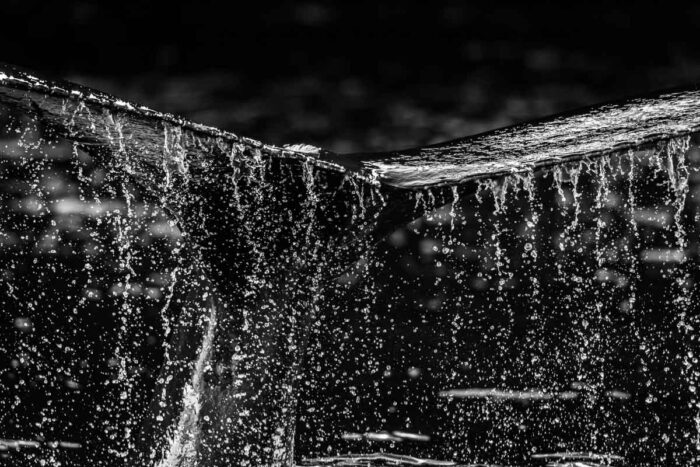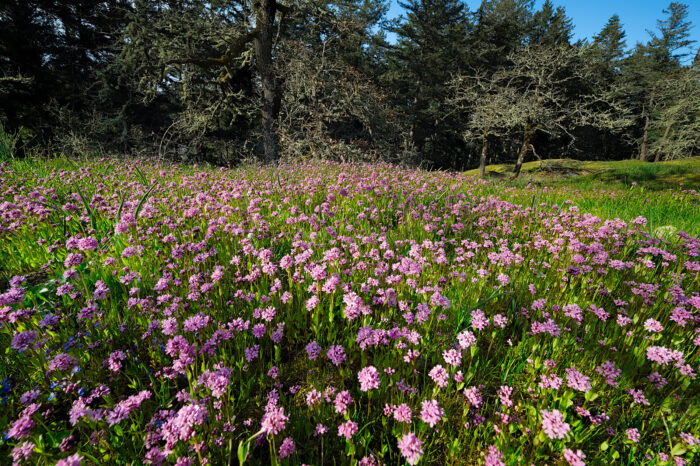Well I’m back!
Someone recently pointed out it’s been over a year since my last post, and it’s time to rectify that.
Earlier this year I was very fortunate enough to have the opportunity to enjoy an extended trip through Southeast Asia with my family. Photographically this was quite a departure from my beloved west coast landscapes and wildlife! Exotic remote locations, extremes of humidity and altitude, limited gear due to travel weight restrictions, limited access to electricity (never mind internet and cloud storage), and balancing family and photography time were all challenges and learning opportunities. I’d like to share some of these experiences with you here.
Preparation
From the pristine coral reefs of west Papua, to the dripping tropical rainforests of Borneo, from the deeply cultural Kingdom of Bhutan to the sweeping vistas of the Nepalese Himalaya, I wanted to be able to capture this once in a lifetime experience with the highest quality possible! Of course I had to temper my photographic plans with the realities of extended travel with the family. Airline weight restrictions, as well as what I thought I could comfortably carry through rainforests and at altitude factored into my thinking also.
After much packing, weighing and re-packing I decided on Nikon D810 and D500 DSLR bodies with 24-70mm and 70-200mm f/2.8 zooms as well as a 200-500mm f/5.6 zoom. Extra batteries, polarizing and neutral density filters, tons of extra memory cards and a lightweight travel tripod rounded out the kit. For power on the go I took a laptop battery with built in USB charging connection and a solar panel. I didn’t want to travel burdened by a laptop and so for backup I roughly calculated the amount of storage I’d need and took enough memory cards to cover this as well as a portable hard drive with built in card reader that could be accessed wirelessly via an app on my iPhone. For keeping gear dry through tropical rainstorms I took some lightweight sea kayaking dry bags and for drying out wet lenses/bodies I took some silicone beads.
By distributing some of the gear amongst the family, we were able to have the whole photography kit with us in our day packs/carry on at all times. We armed our kids with rough and ready waterproof, dust proof, and kid proof point and shoots and of course had our iPhones as well. I felt happy we were well equipped to cover most photo opportunities to our hearts’ content while compromising little in terms of quality.
The Trip
We were delighted with our little waterproof point and shoots. They performed admirably underwater and allowed us to experience the trip through our kids’ eyes – when they were motivated to take pictures of course.
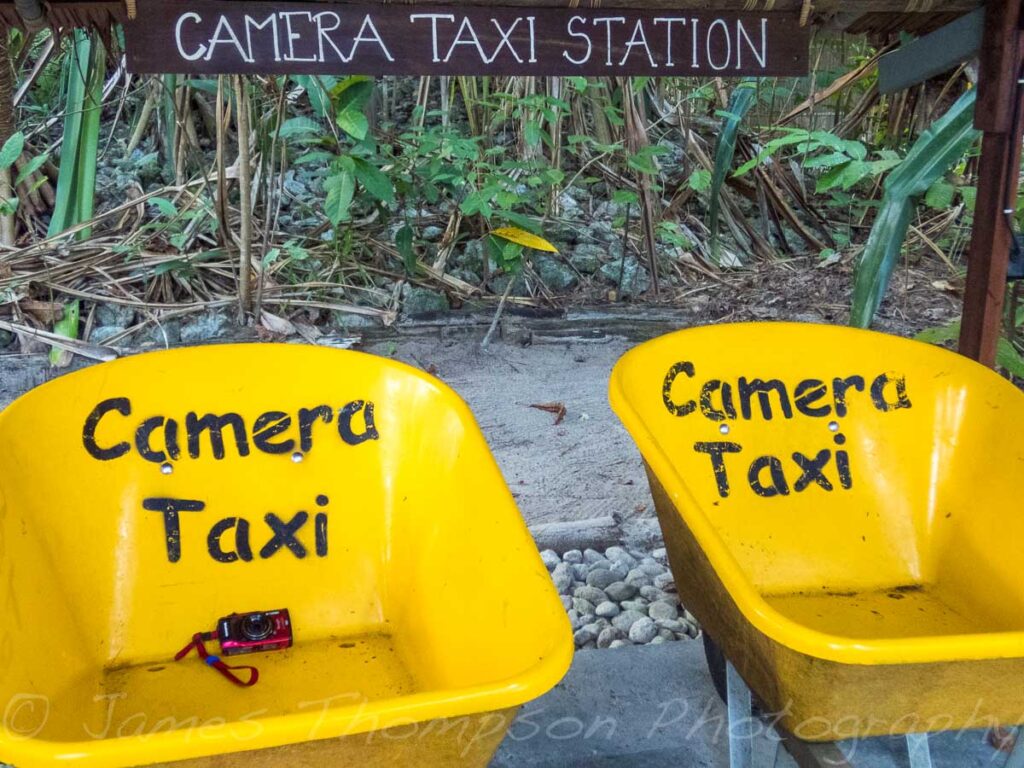
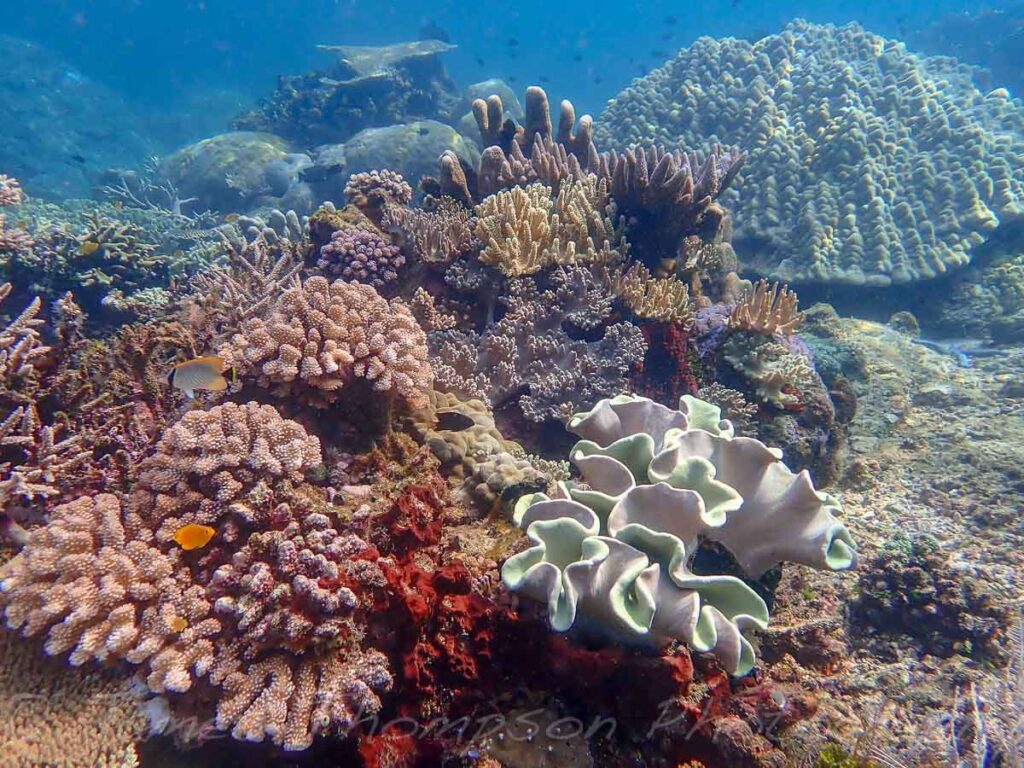

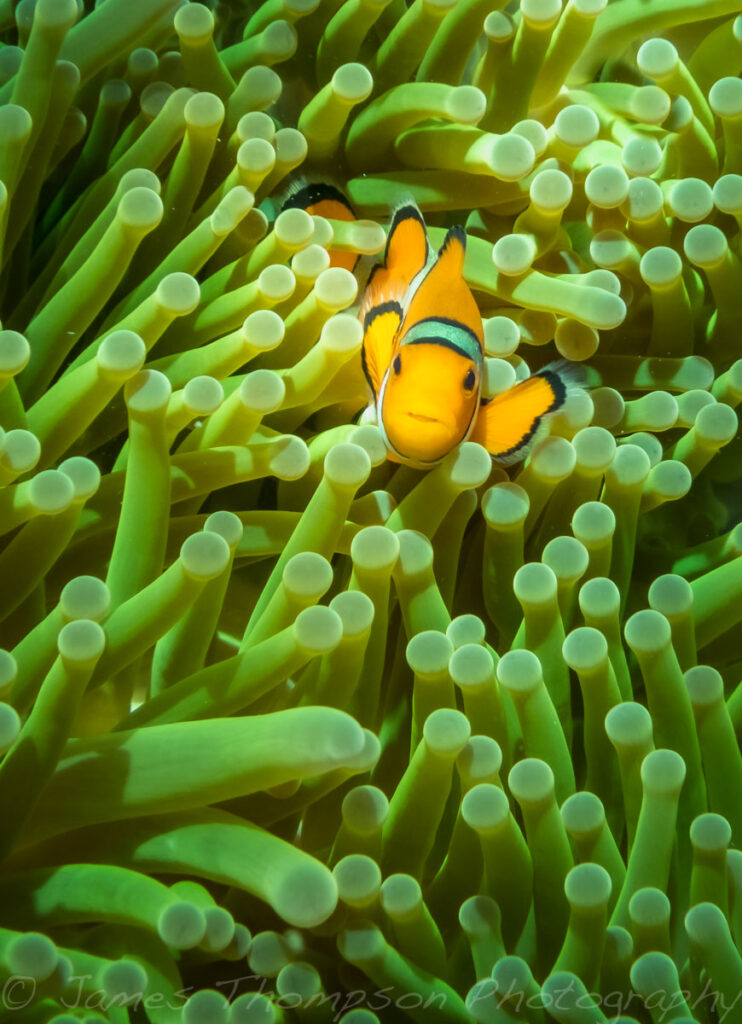
Balancing photo time with family time, even with a wonderfully understanding and helpful family can be tough. Sneaking out early or once the kids were in bed, or even in the middle of the night allowed some undisturbed camera time. To state the obvious it rapidly became apparent that all those “travel shots” in the brochures and guide books are actually meticulously planned, often involving paying for special access to locations or key times of day. Trying to recreate such pictures is an exercise in frustration. Instead I quickly learned focussing on telling the story of our travels was far more rewarding. Figuring out ways to visually represent what we were experiencing both physically and emotionally was far more fun than trophy hunting at tourist hotspots.
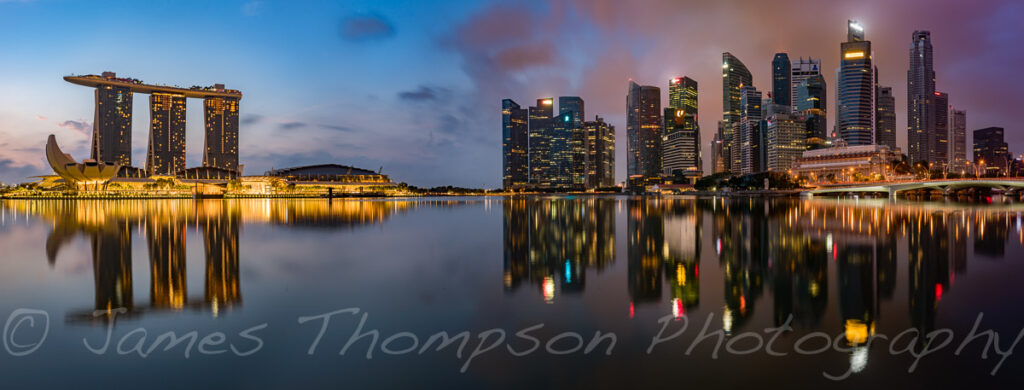
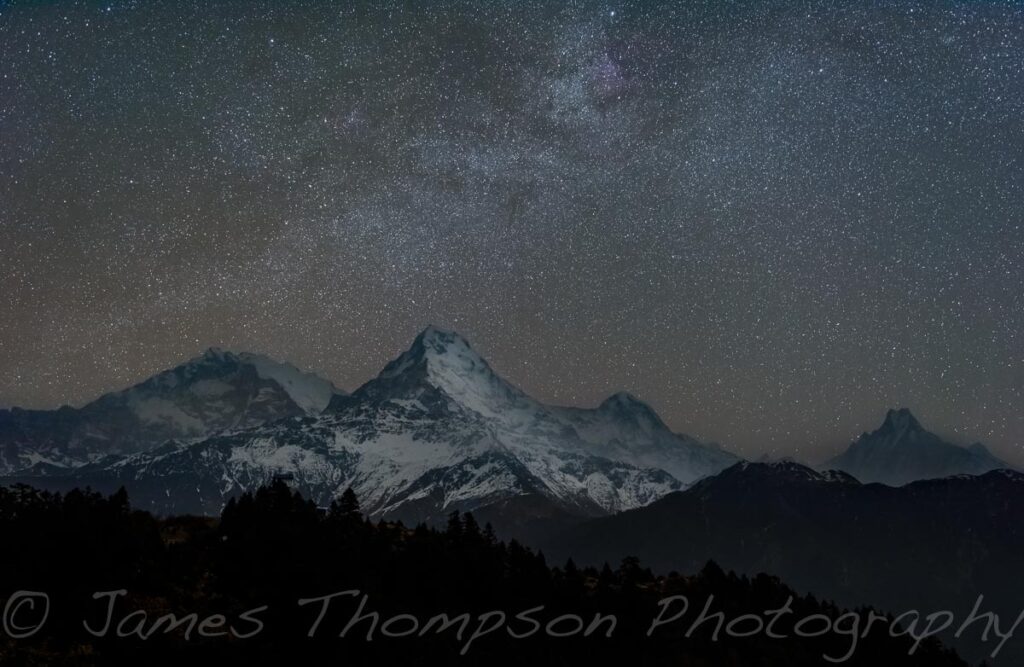
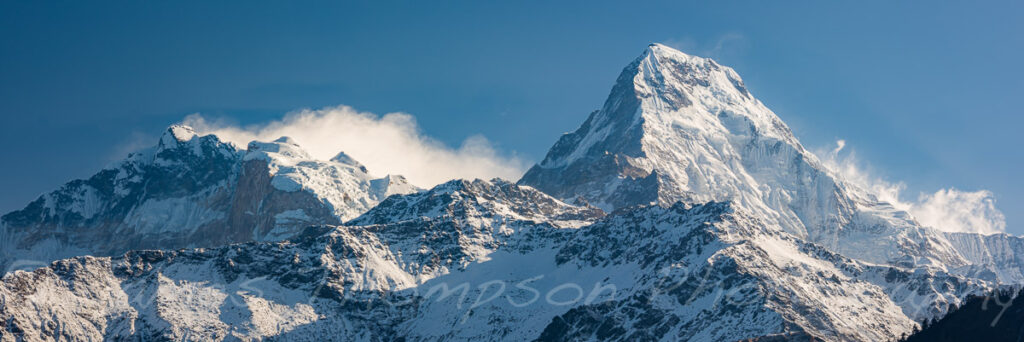
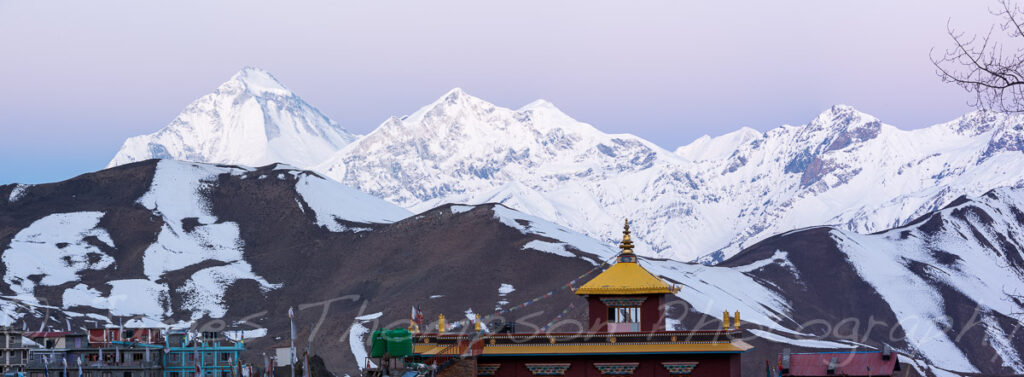
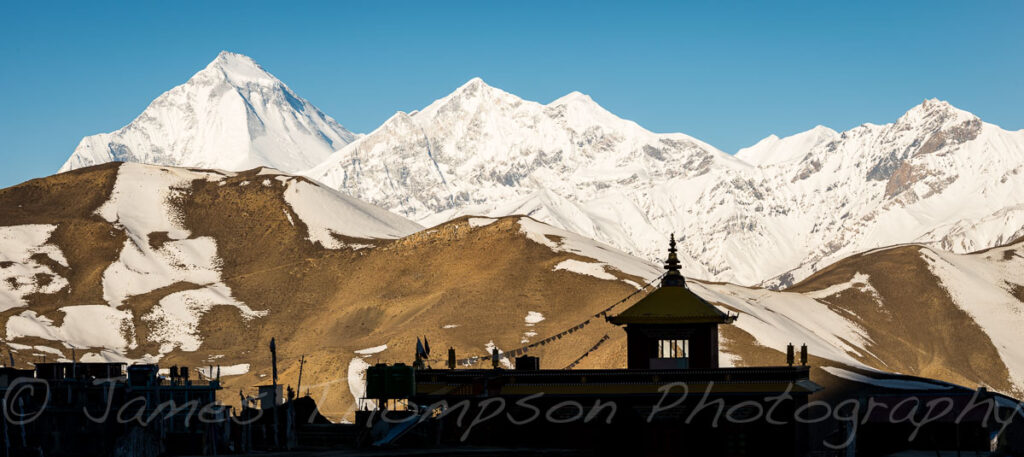
The crowds in the big cities and major sights were something to behold even in and of themselves. With careful framing and some lucky timing I was able to find some compositions I liked. I also tried using other tourists or locals as impromptu models to add a human element to some of the scenes.
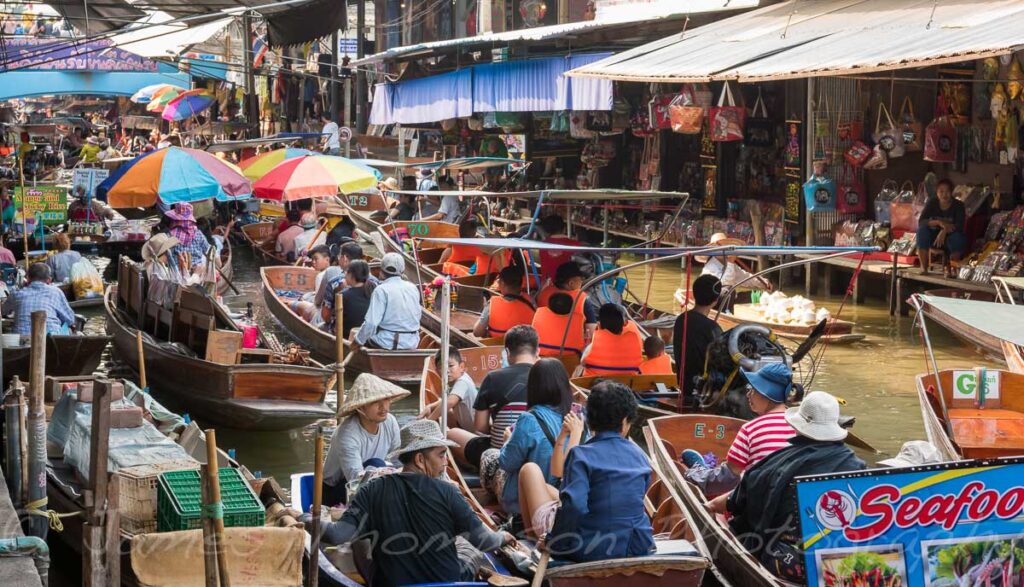
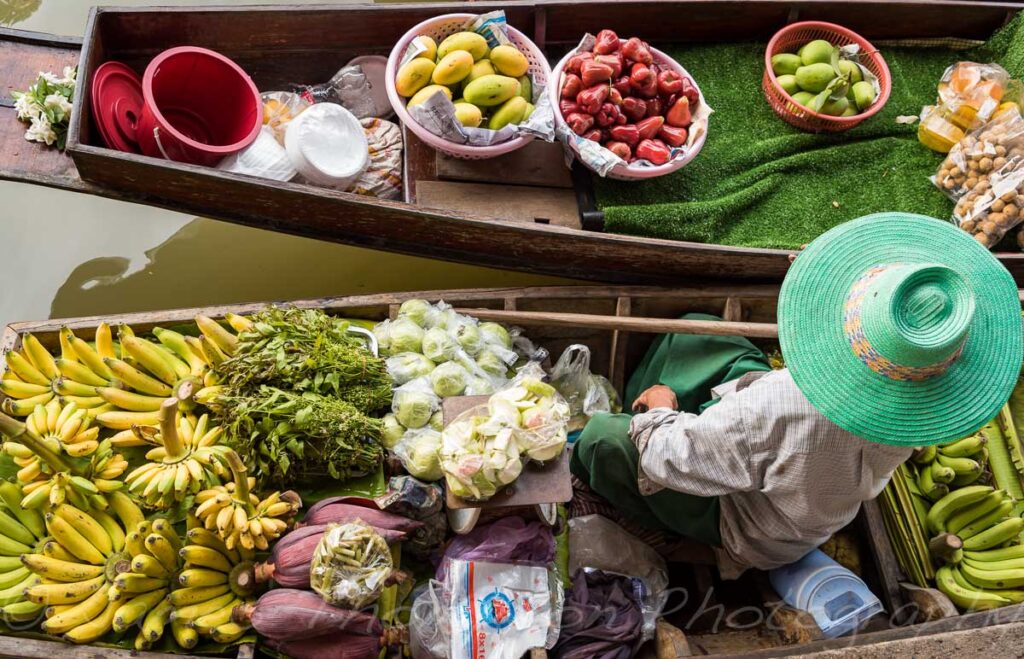
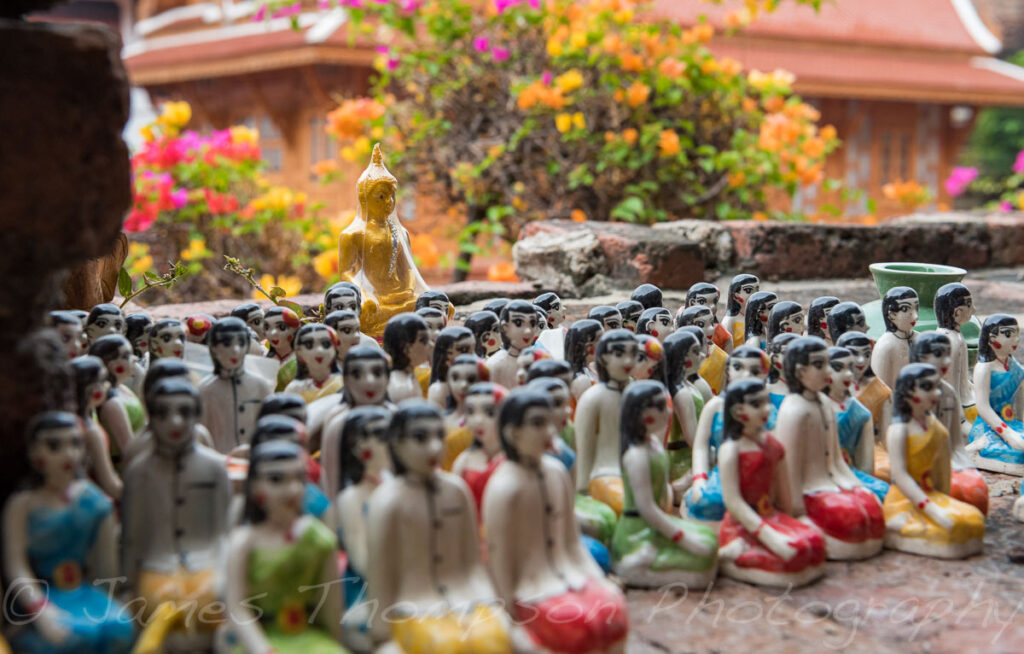
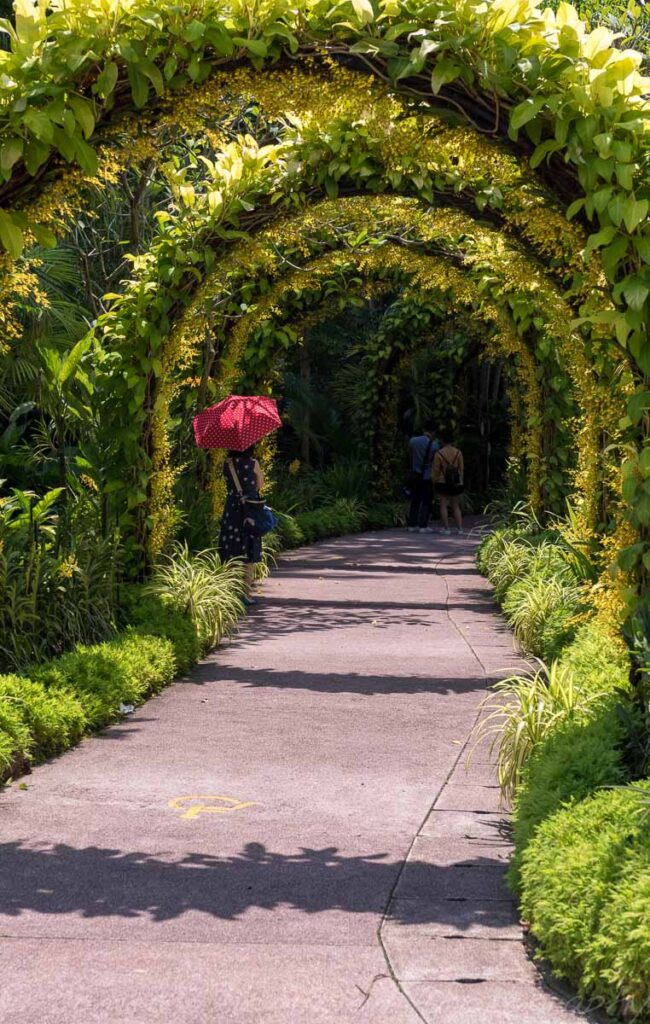
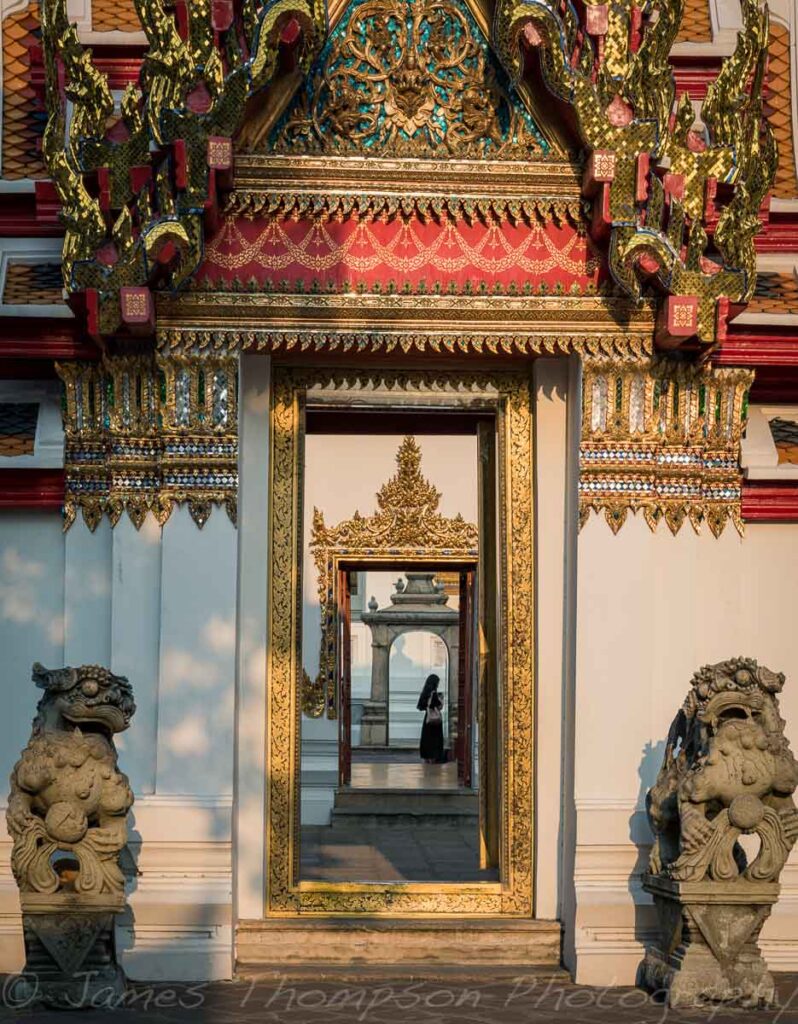
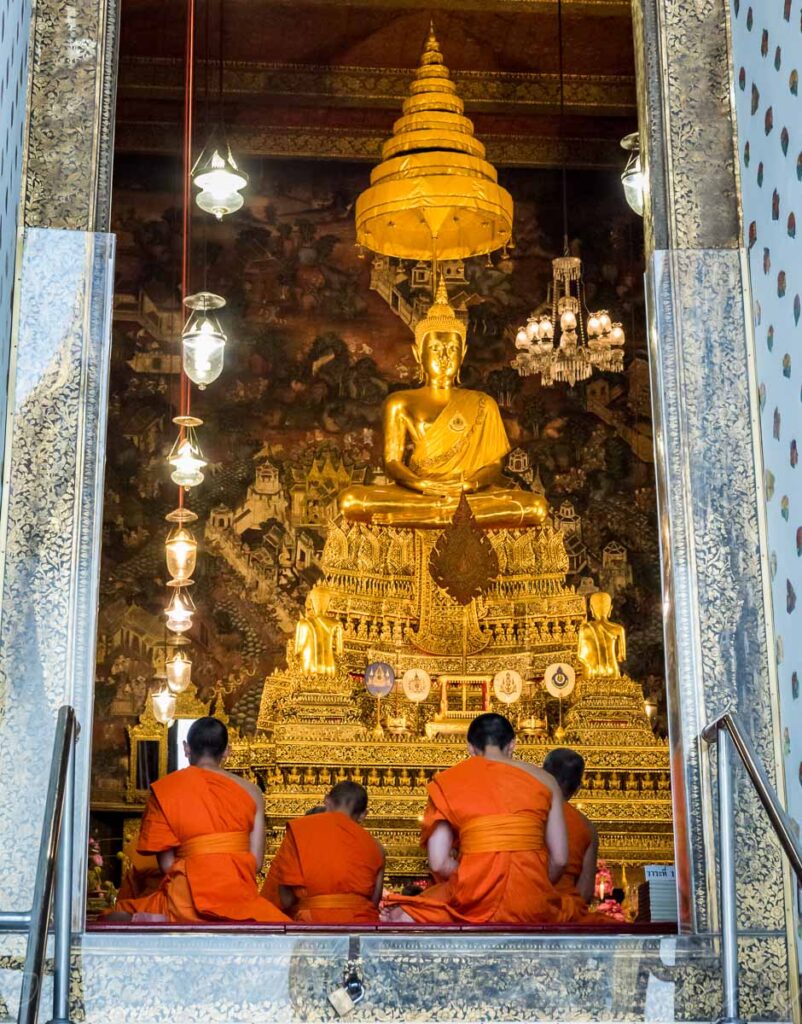
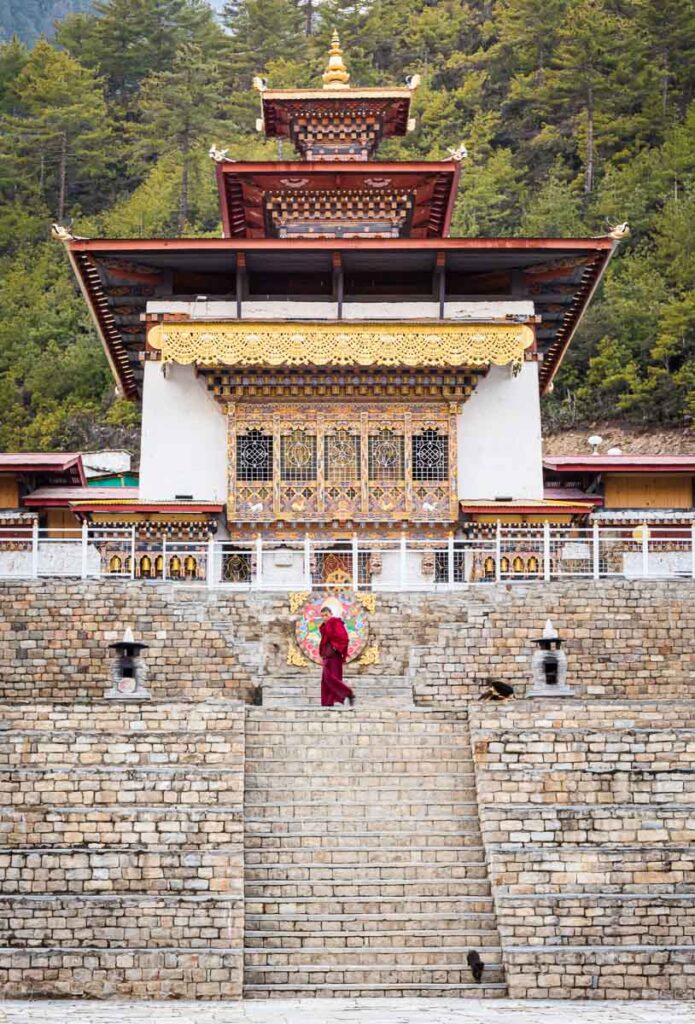
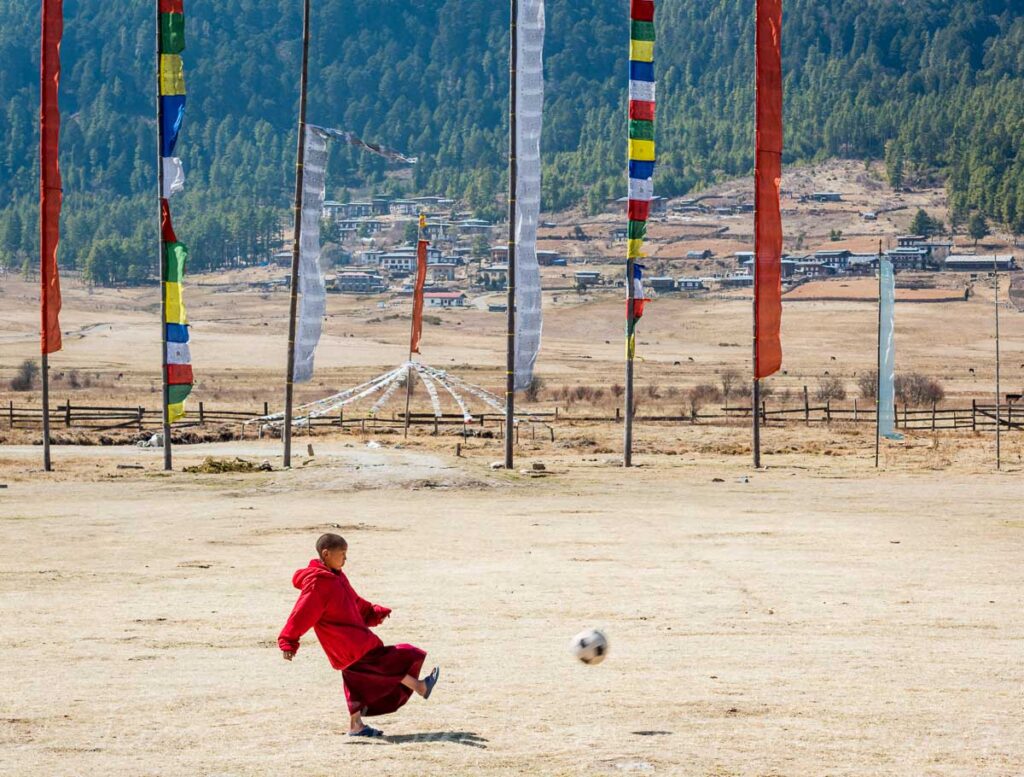

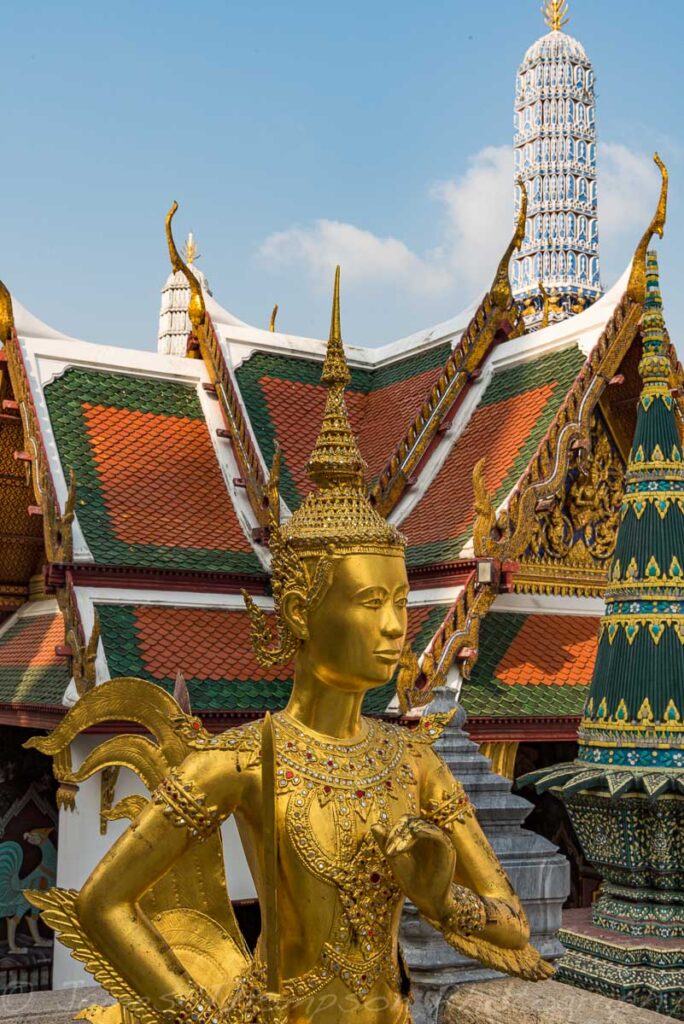
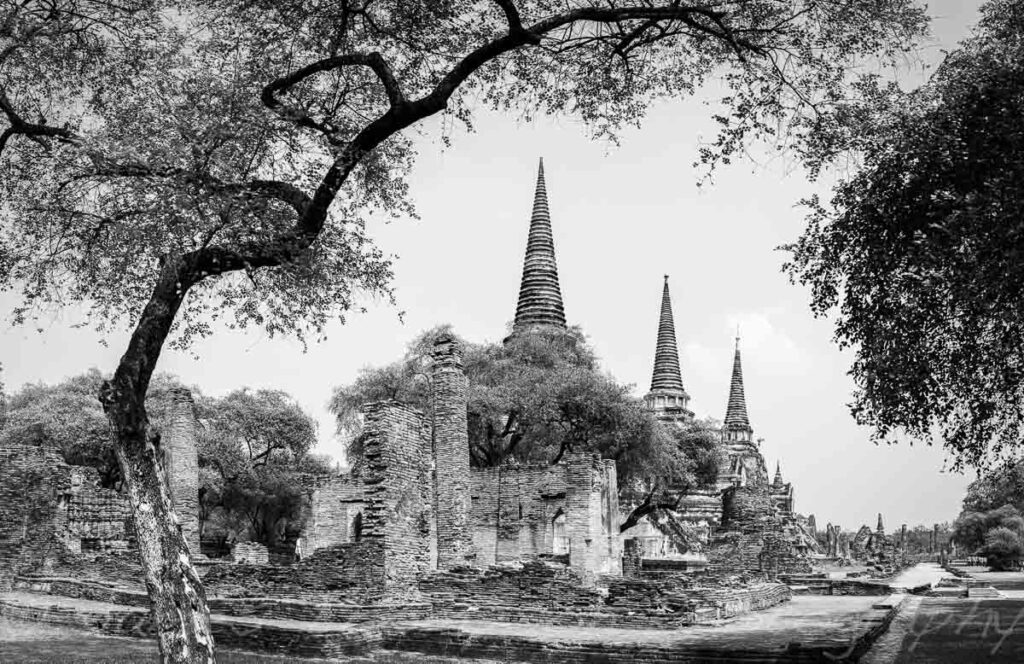
At over 5400m, the Thorung La pass in Nepal is touted as the highest trekking pass in the world. The day we crossed was spectacularly clear (think harsh light!), bitingly cold, full of fresh snow and came with 80km/h winds. Add to that the lack of oxygen and the worry of keeping the kids safe and moving; challenging photography conditions to say the least! I attempted different ways of emphasizing the harsh conditions but also the austere beauty of the place.
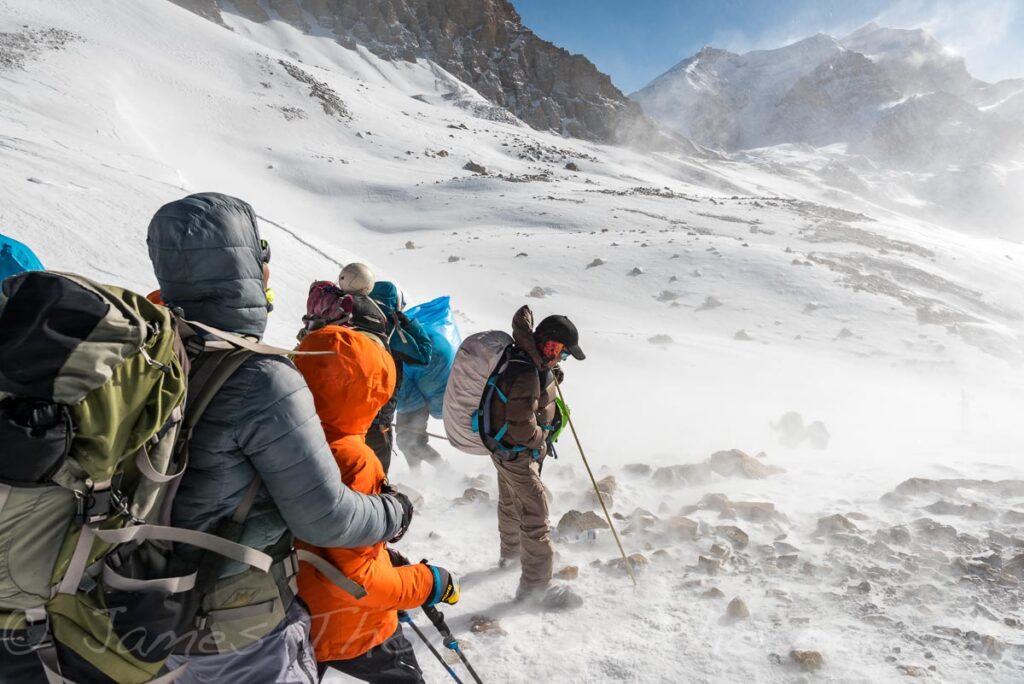
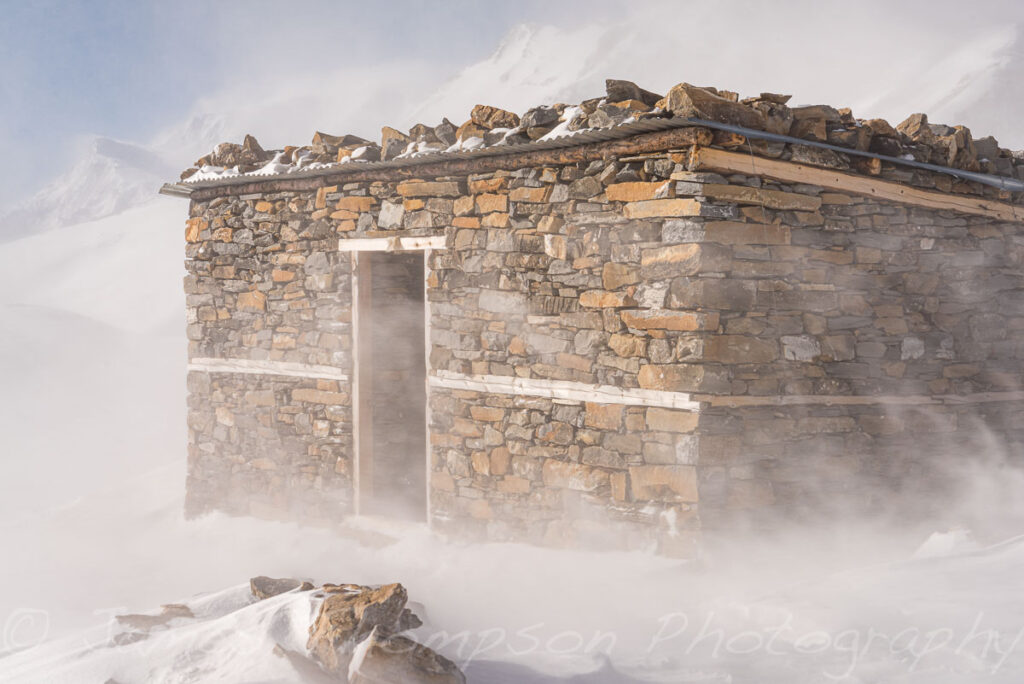
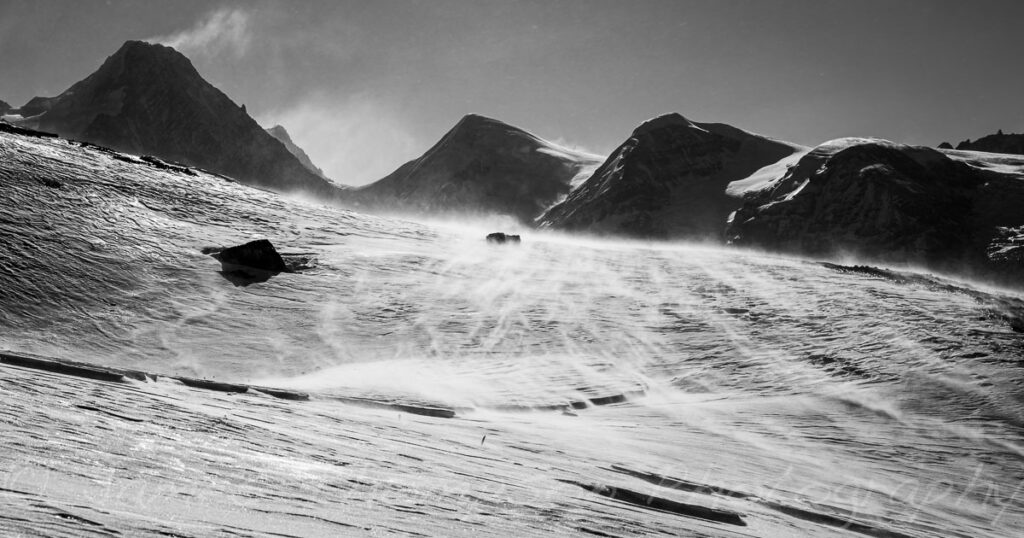
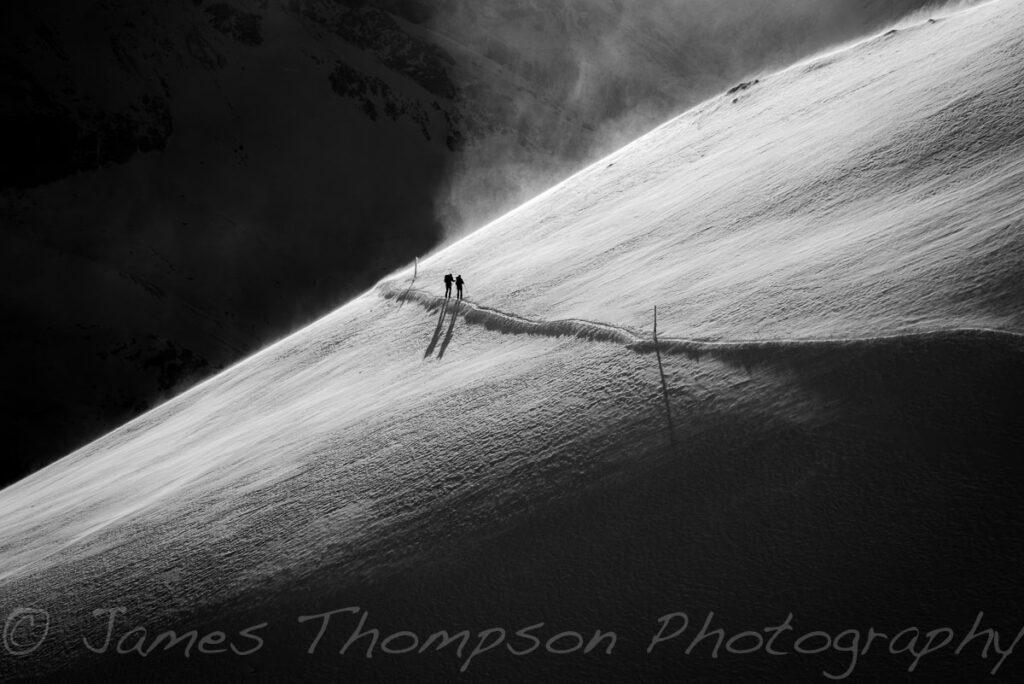
Although heavy and expensive, high end gear is tough. As you can see from the pictures above, it handled freezing temperatures and snow easily. The weather and moisture resistance of the lenses and bodies was also crucial when photographing in the rainforests of Borneo. In addition, the extra light gathering ability of the f/2.8 lenses opened up more possibilities for low light shots, even when using a tripod wasn’t possible. A dry bag full of silicone beads provided a nice moisture absorbing resting place for the gear overnight. I never had an issue with excess moisture with this setup.
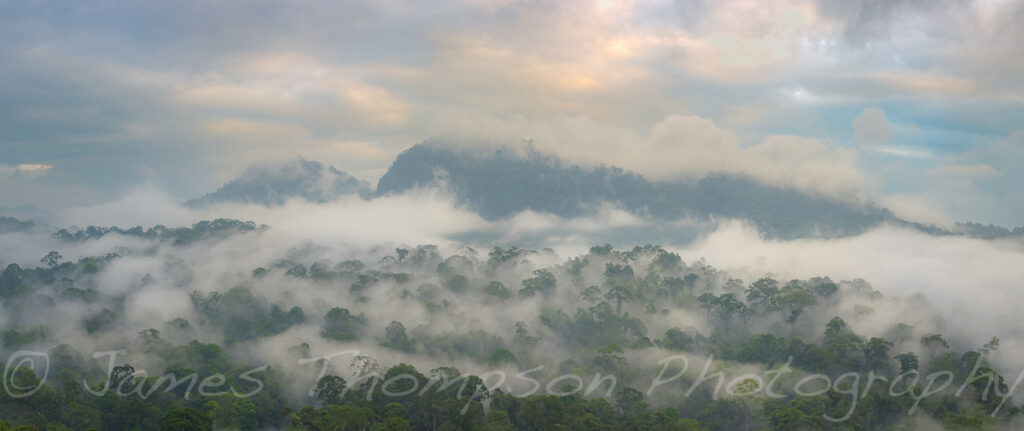
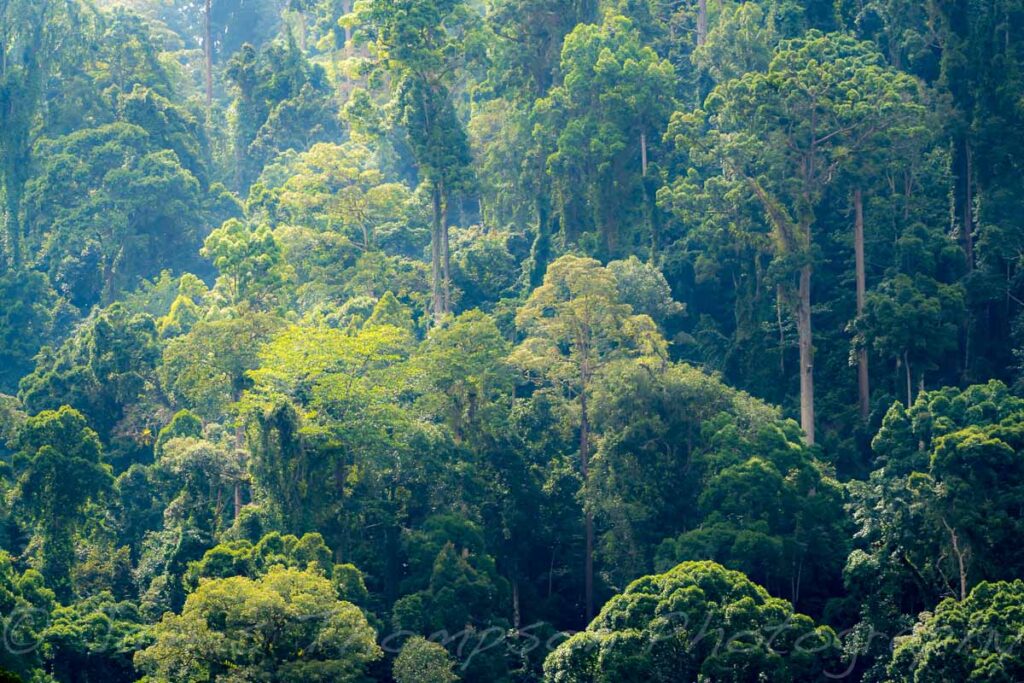
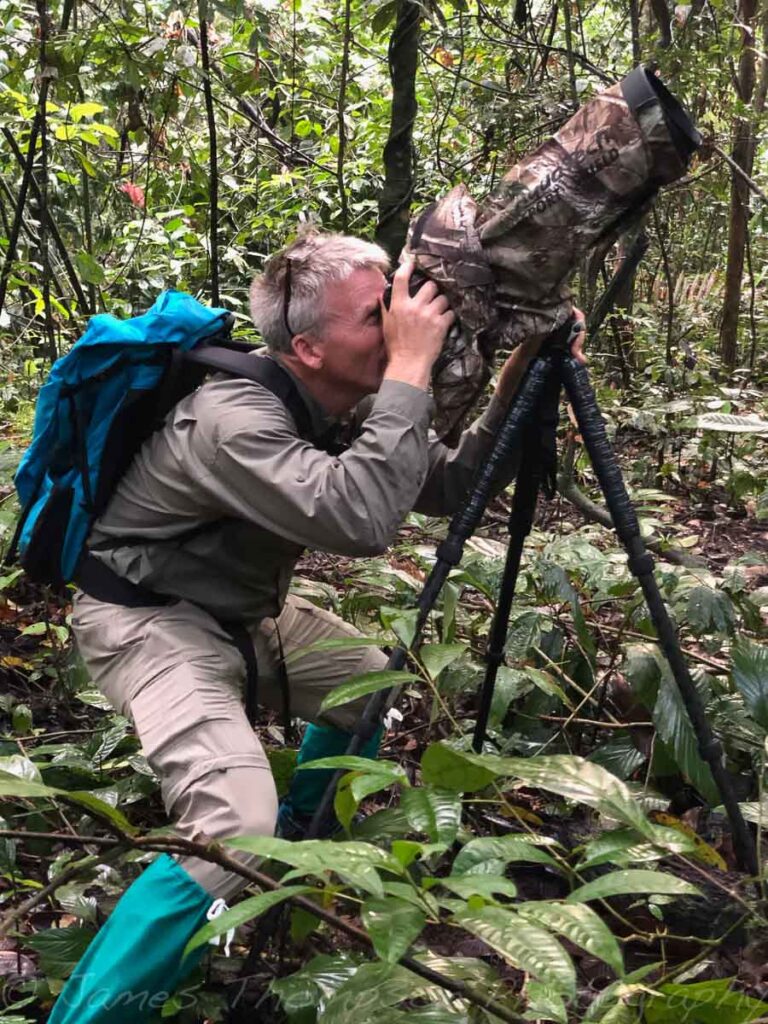
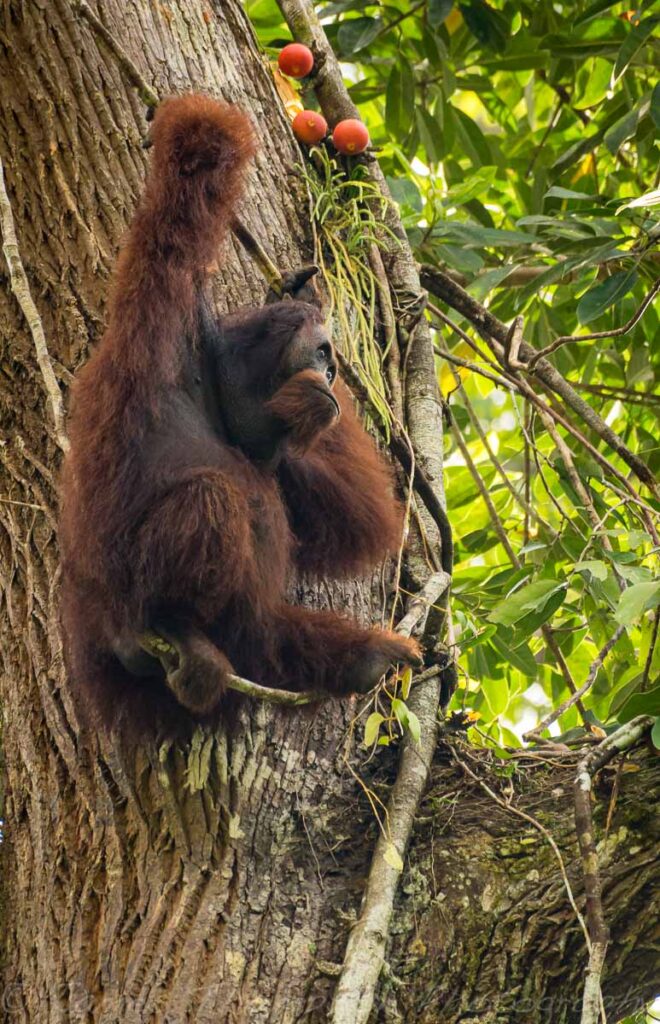
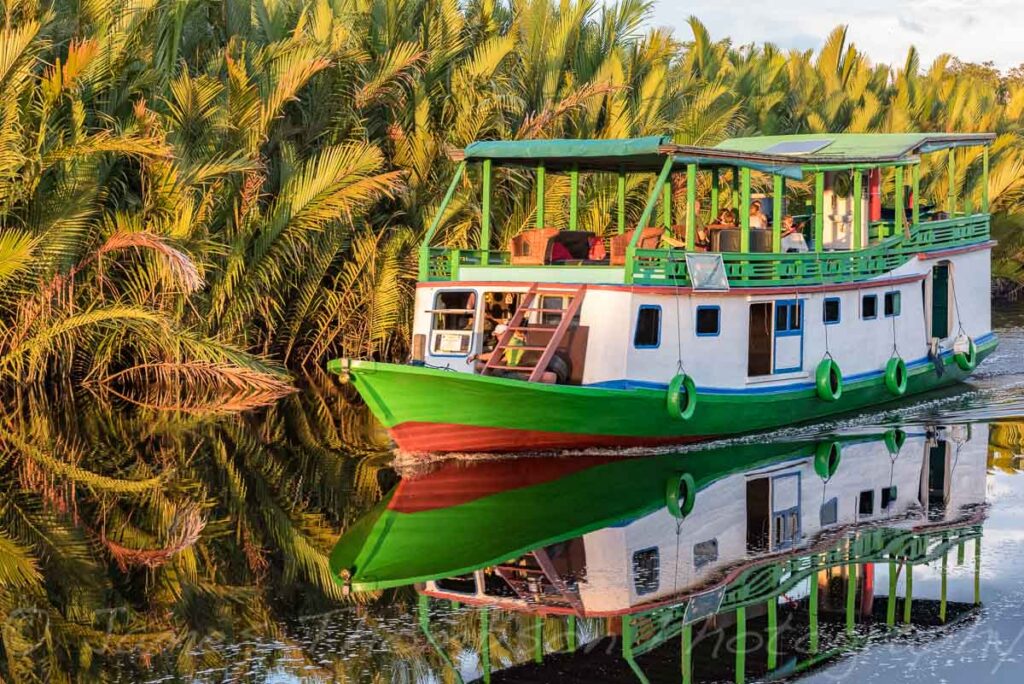
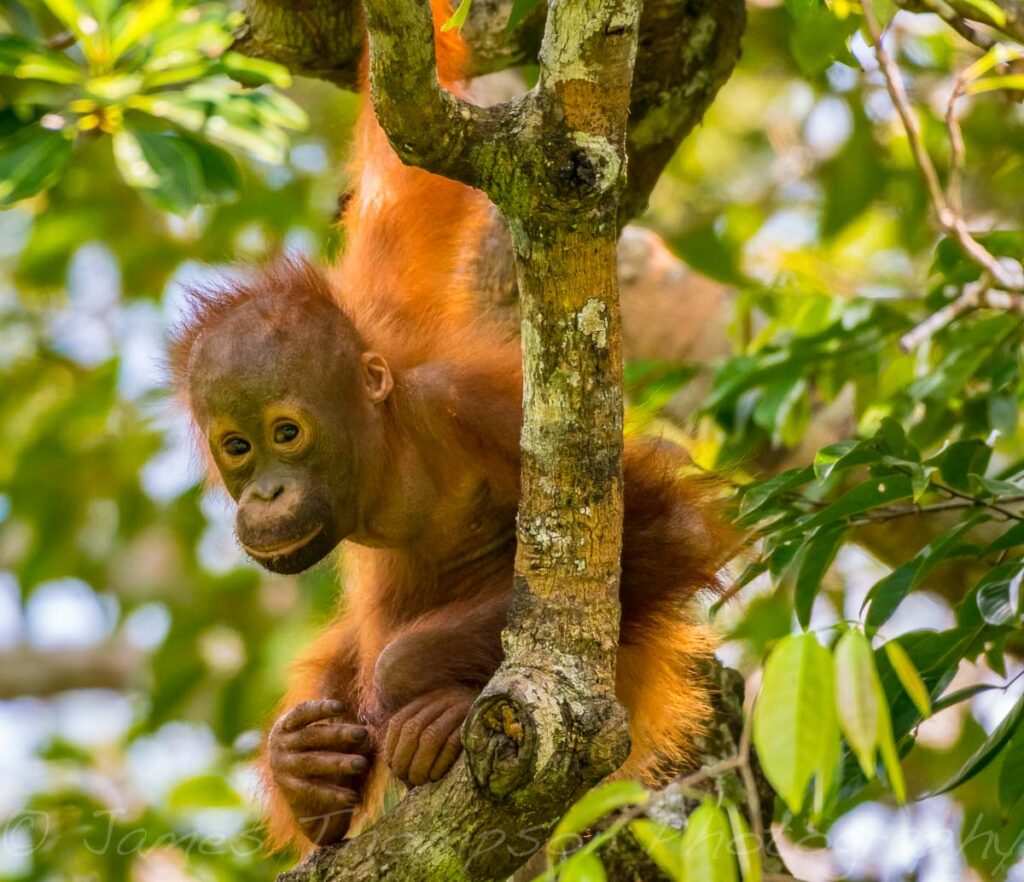
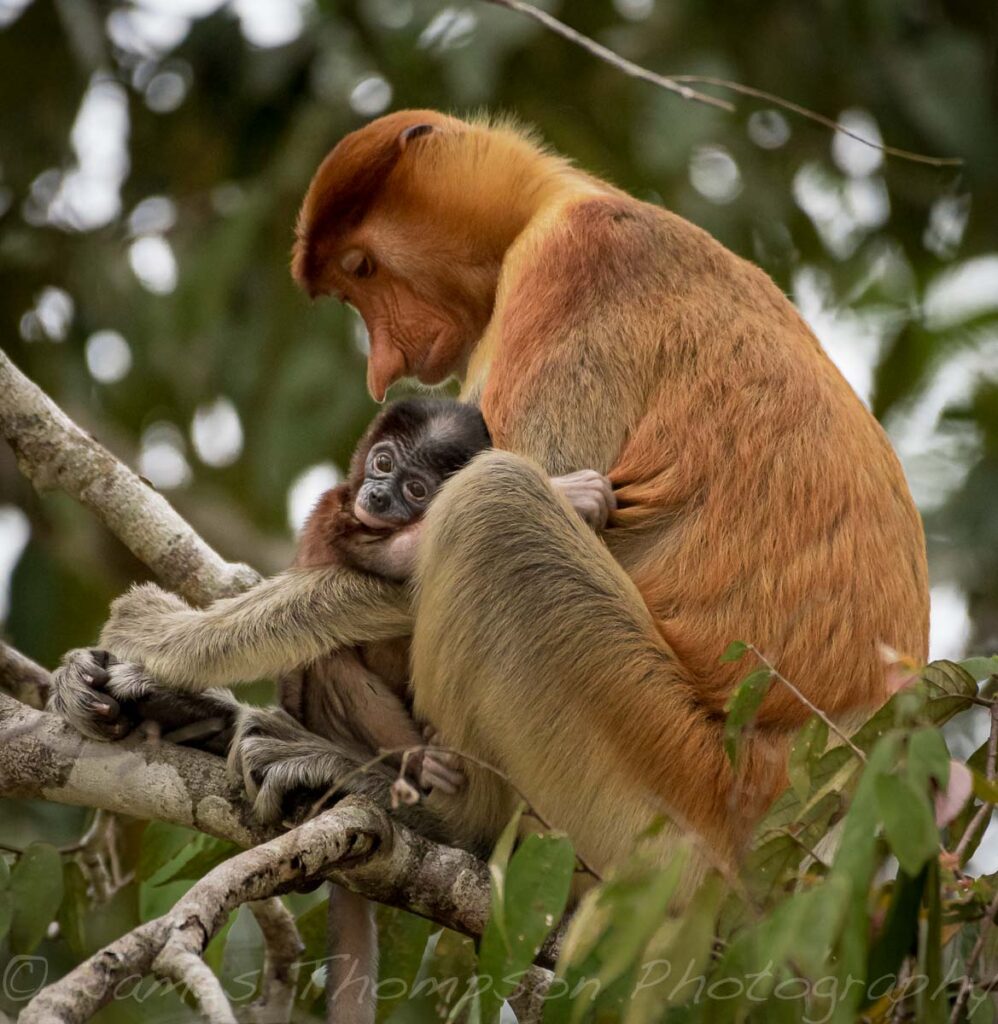
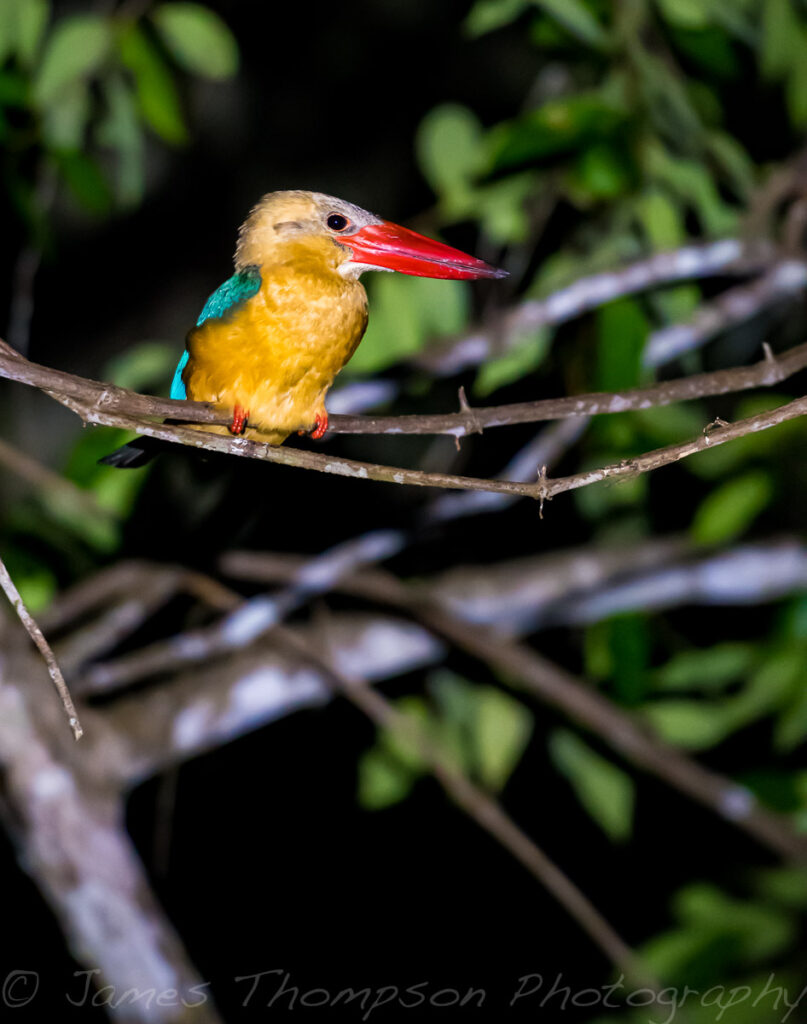
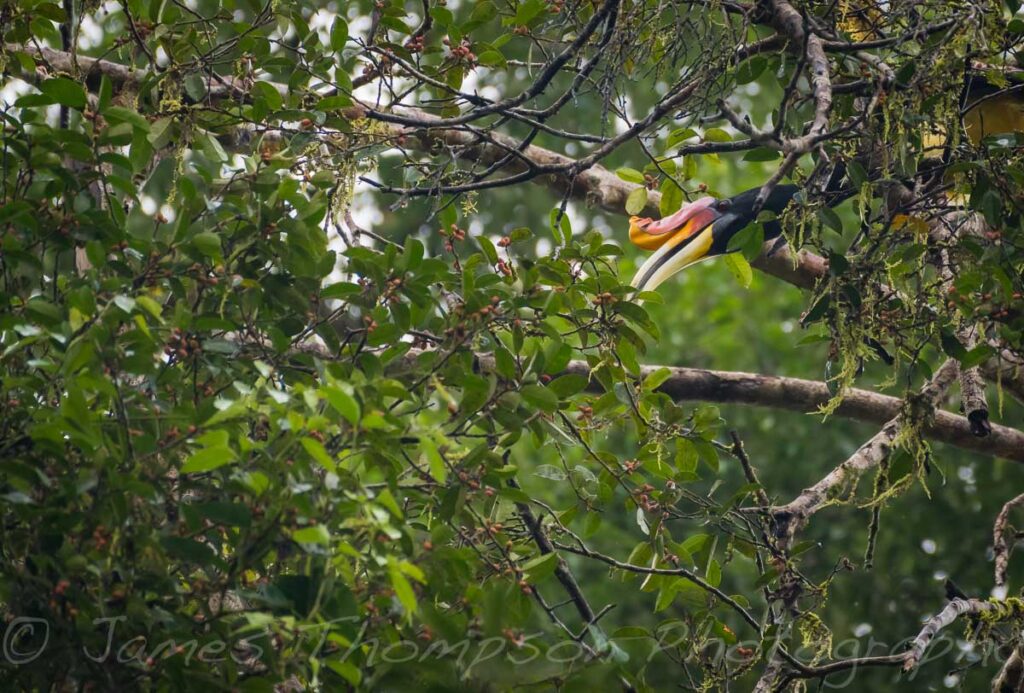
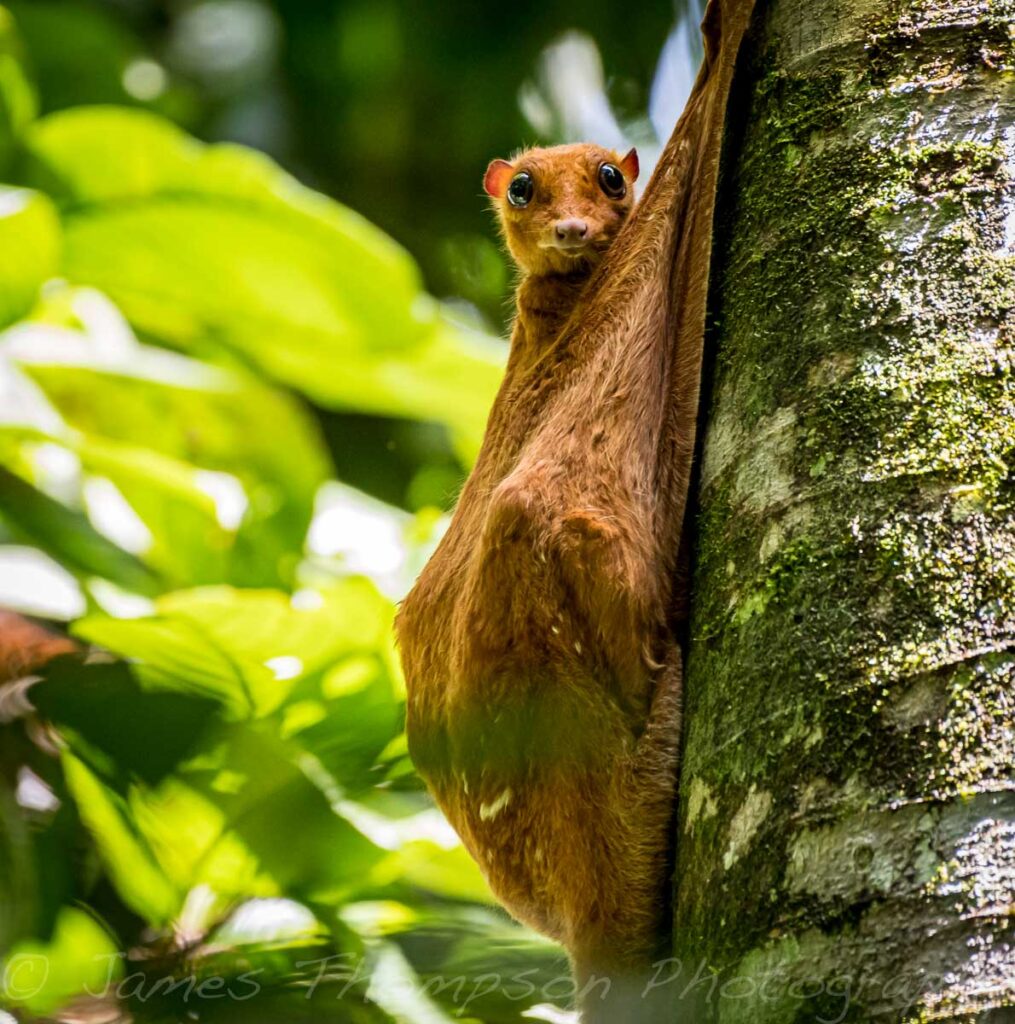
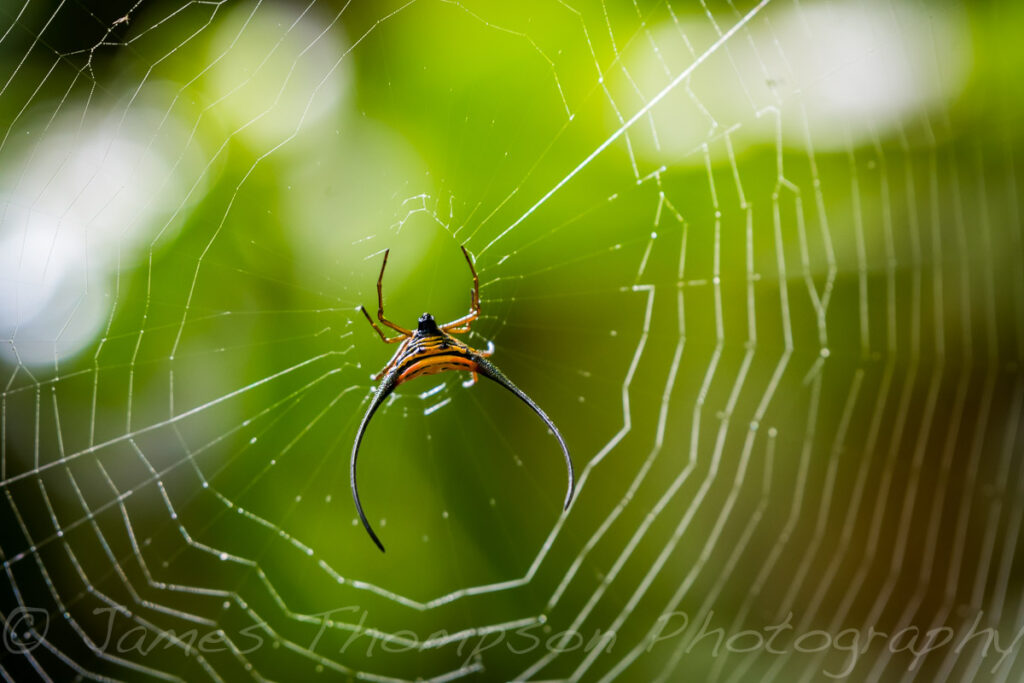
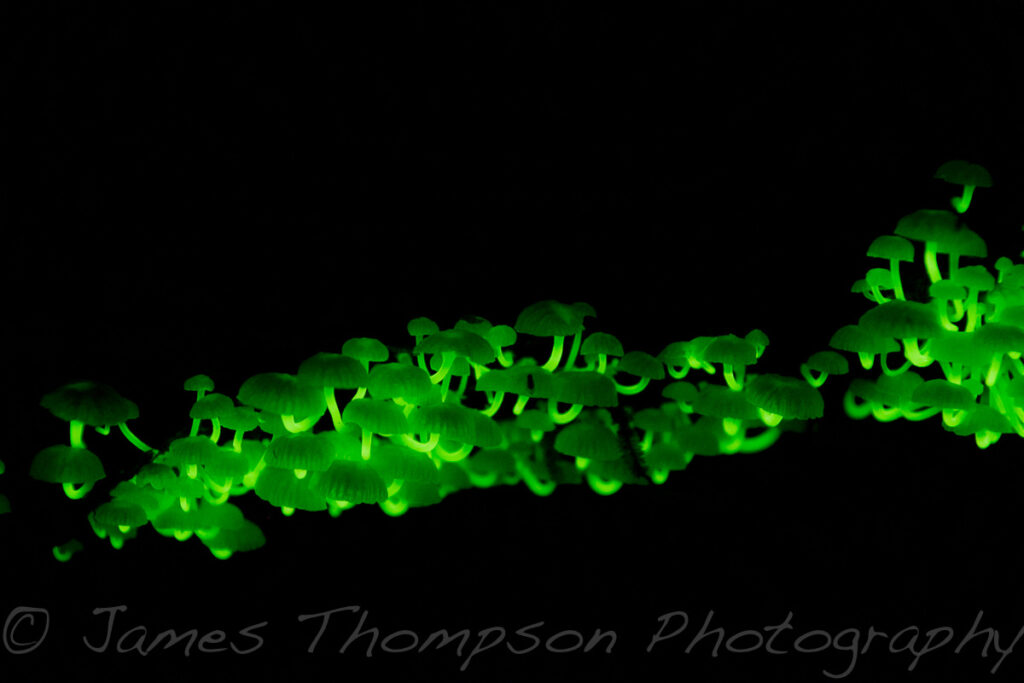
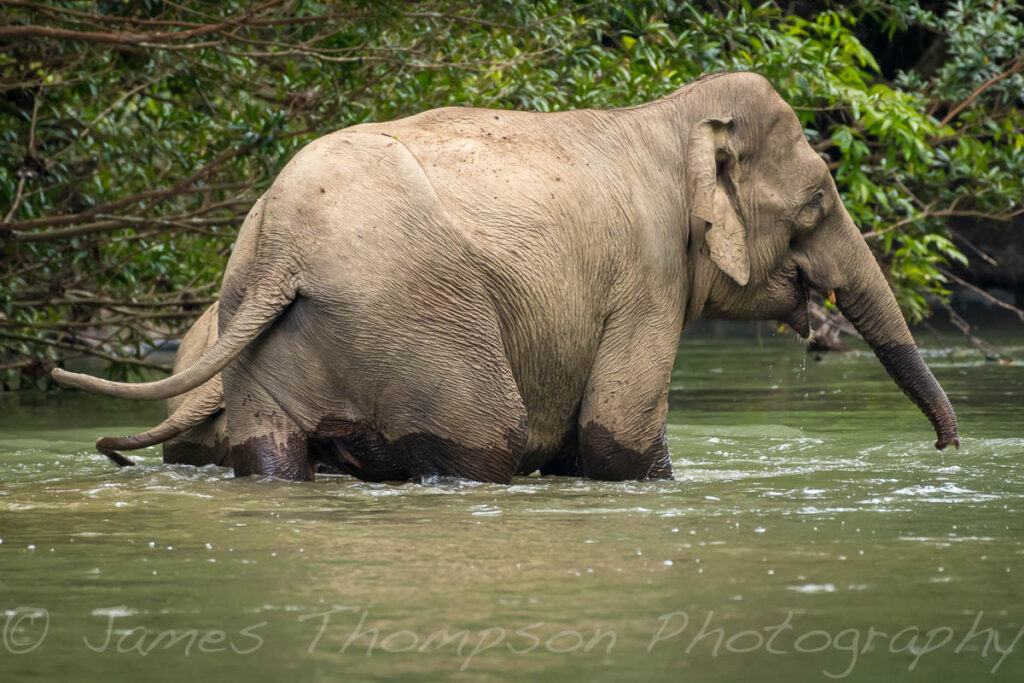
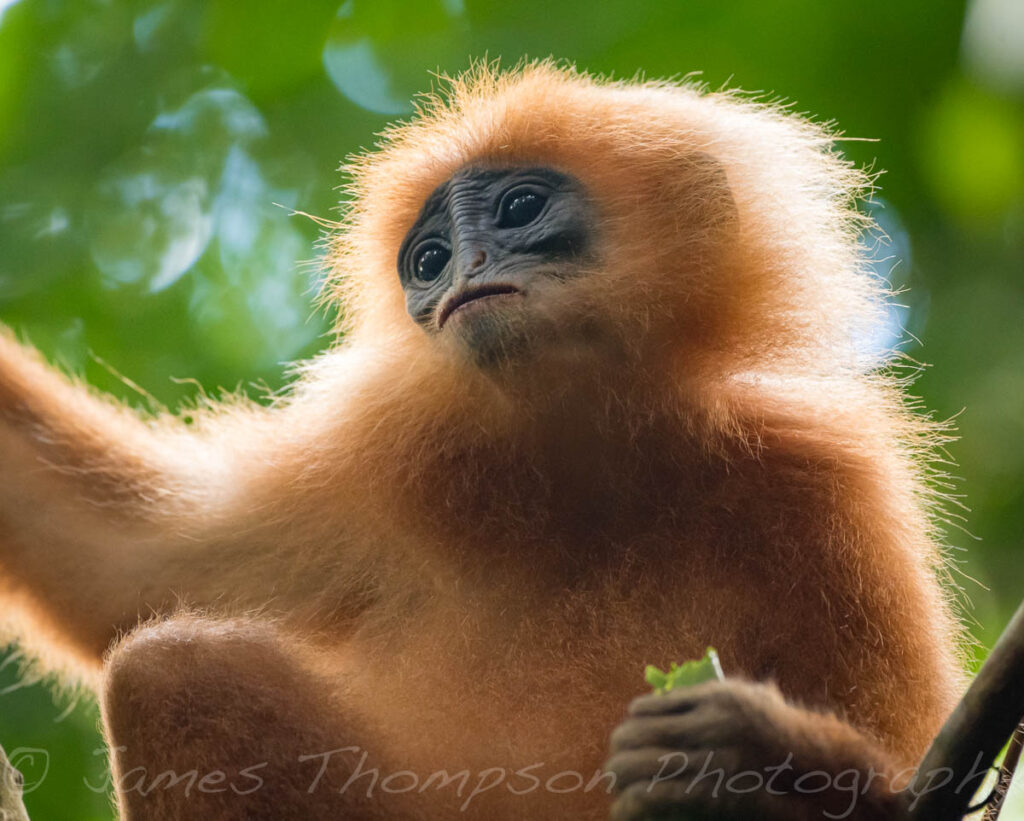


Having plenty of storage meant that we were free to bracket focus and exposures and also experiment with panoramas and time lapses.I often made panoramas of scenes I thought I might like to print at a large size once home.
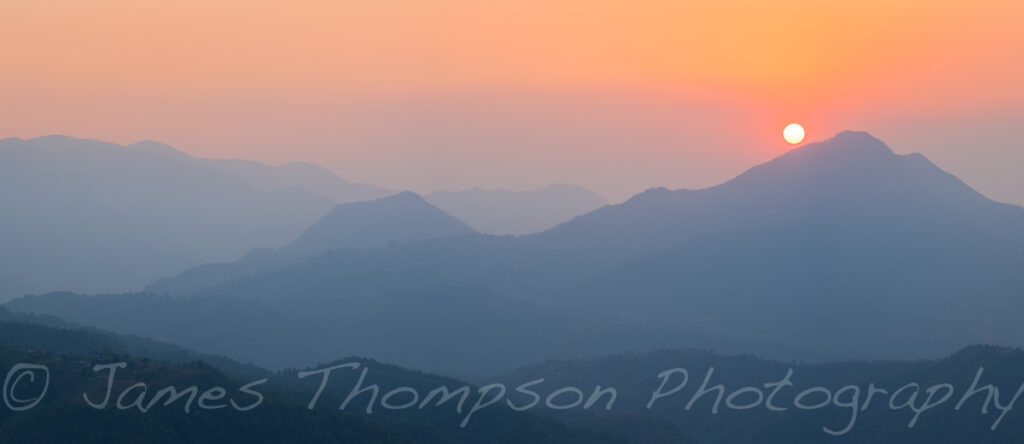
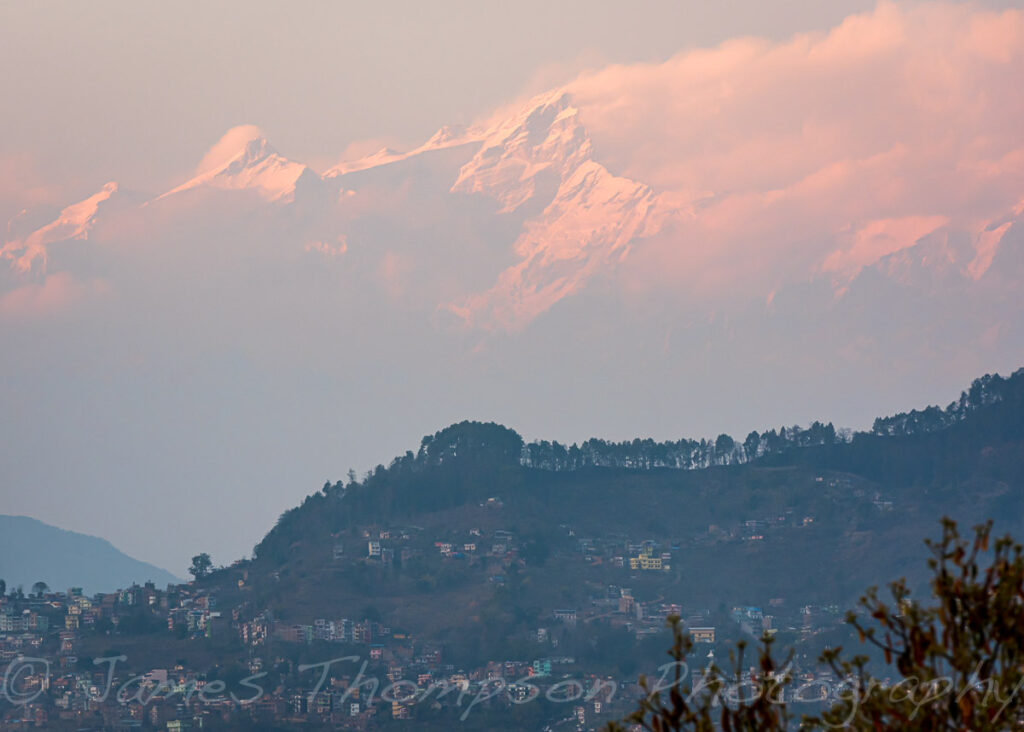
Looking back through our images, there are no focal lengths that predominate. I’m glad to have had such a wide zoom range (24-500mm) as it opened up many creative possibilities.
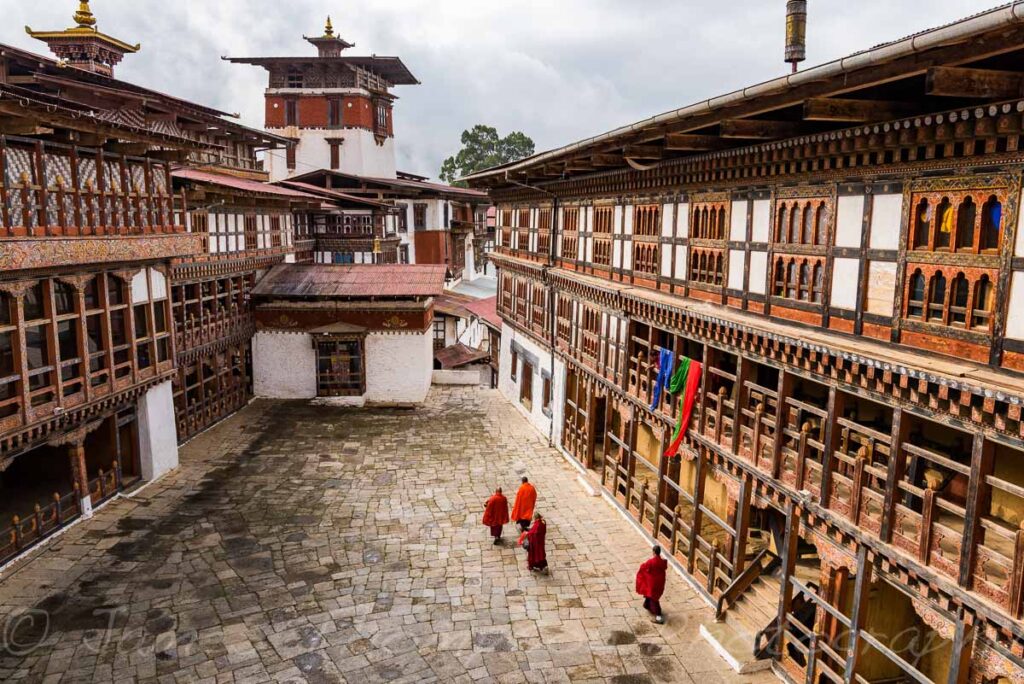
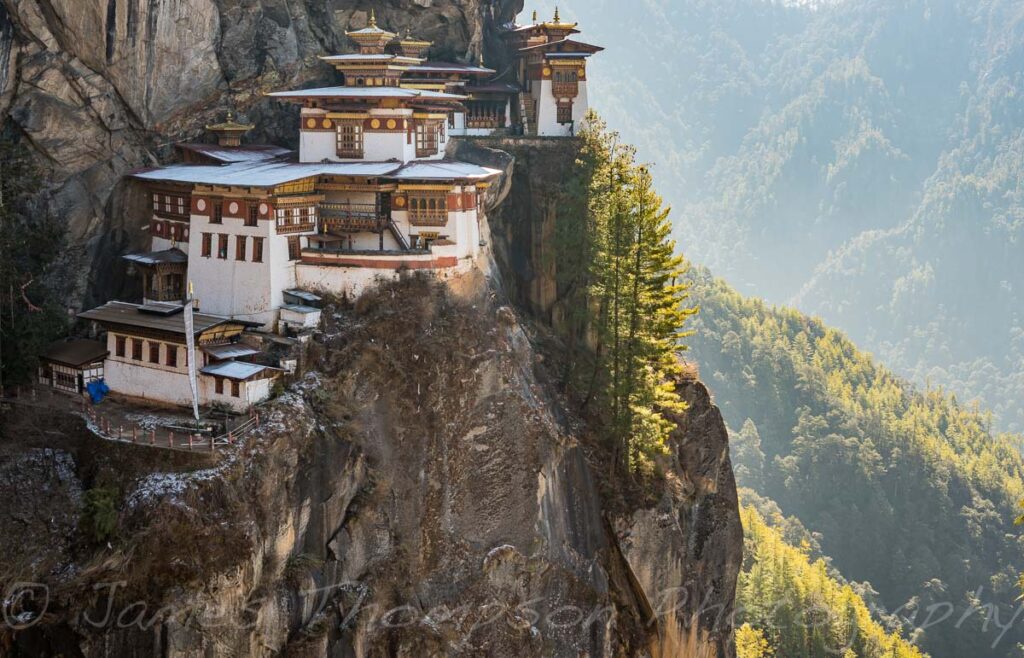
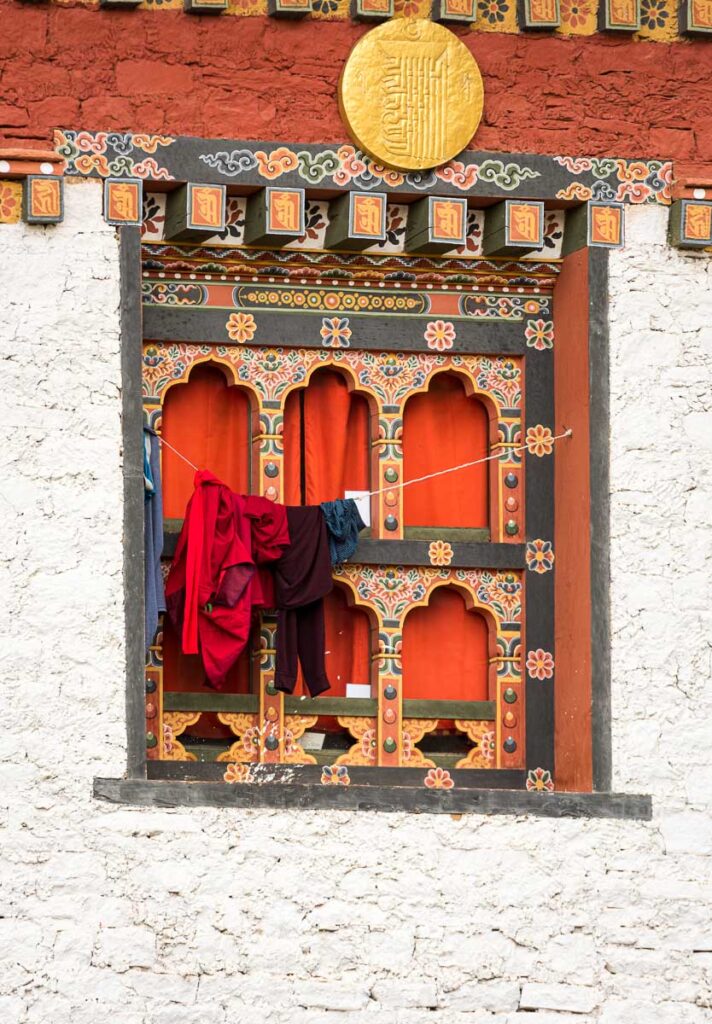
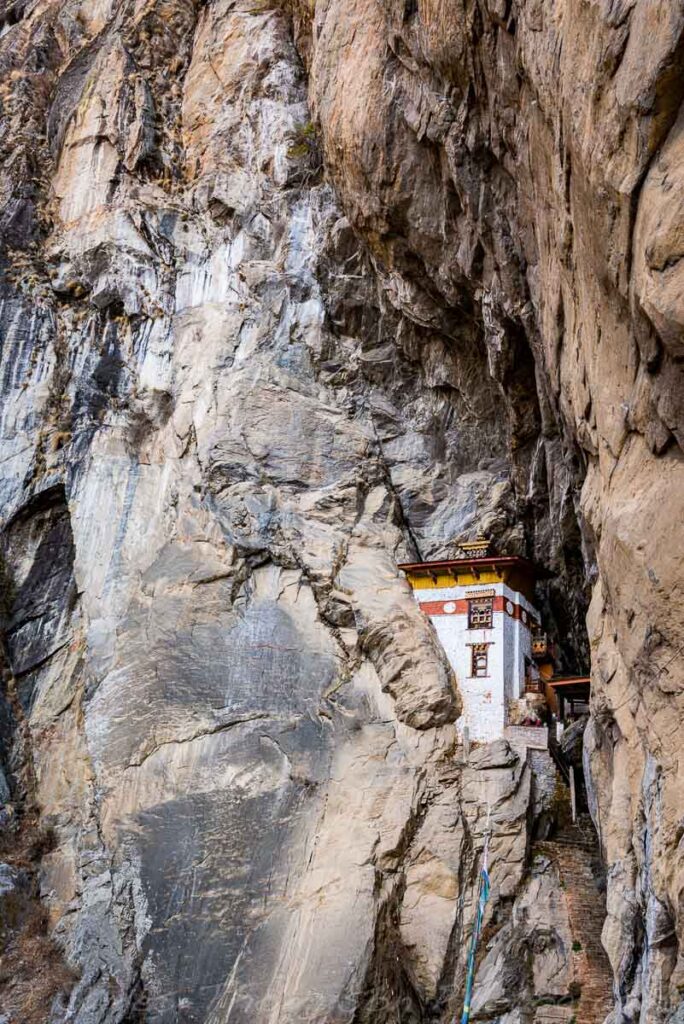
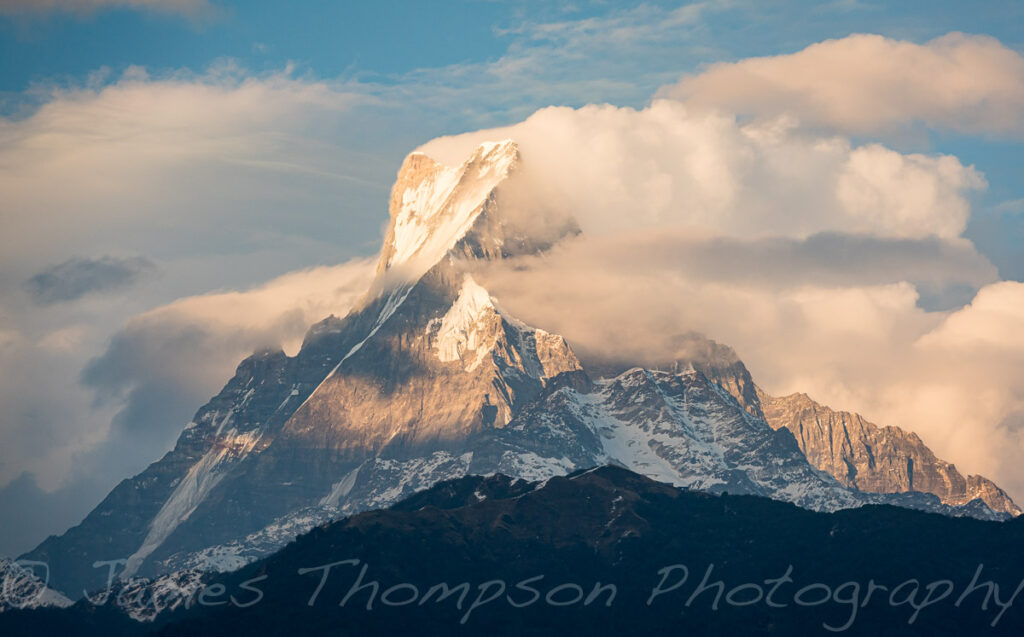
One wonderful thing about today’s cameras is their high ISO performance and image stabilization features. Many of the jungle shots were taken at much higher ISOs than I would typically use. I was also very impressed with the image stabilization. If you can’t use a tripod, these two features will often save the day!
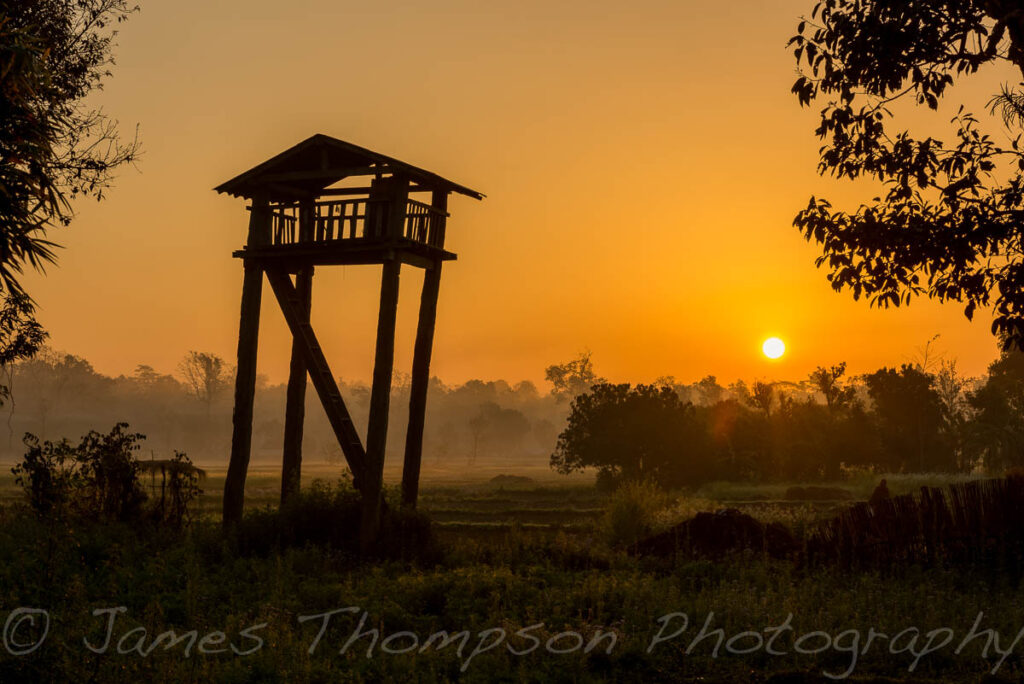
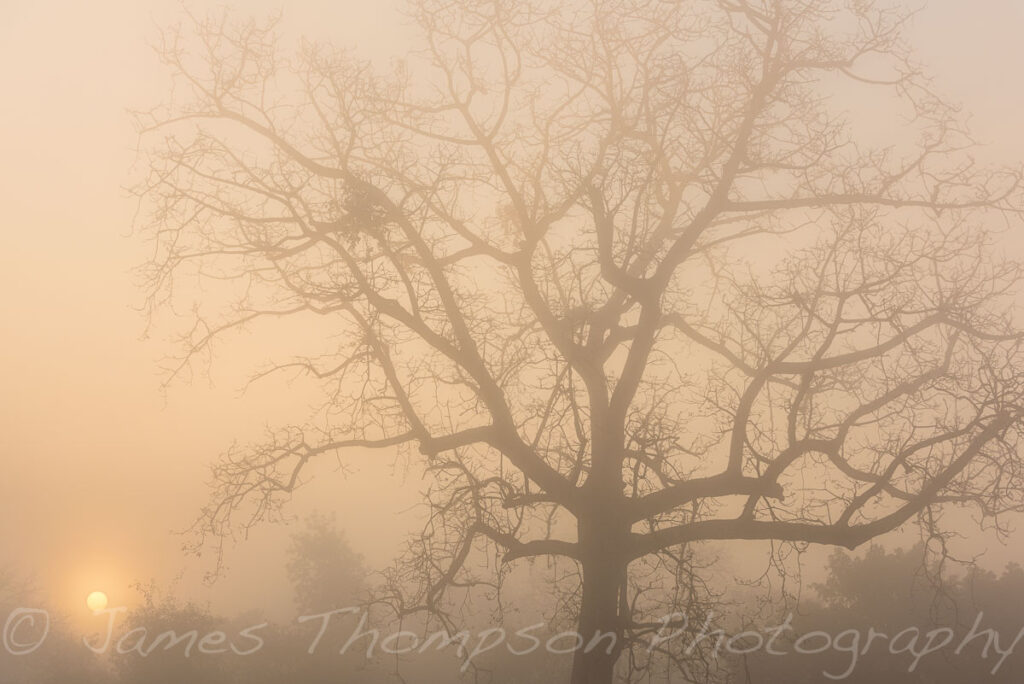
I’ve always admired photographers who can approach total strangers and ask to take their picture. We found many locals were used to tourists and their cameras and made it quite plain whether it was ok to take their picture or not. We were fortunate to witness a festival in Bhutan which was a wonderful venue for taking candid people shots.
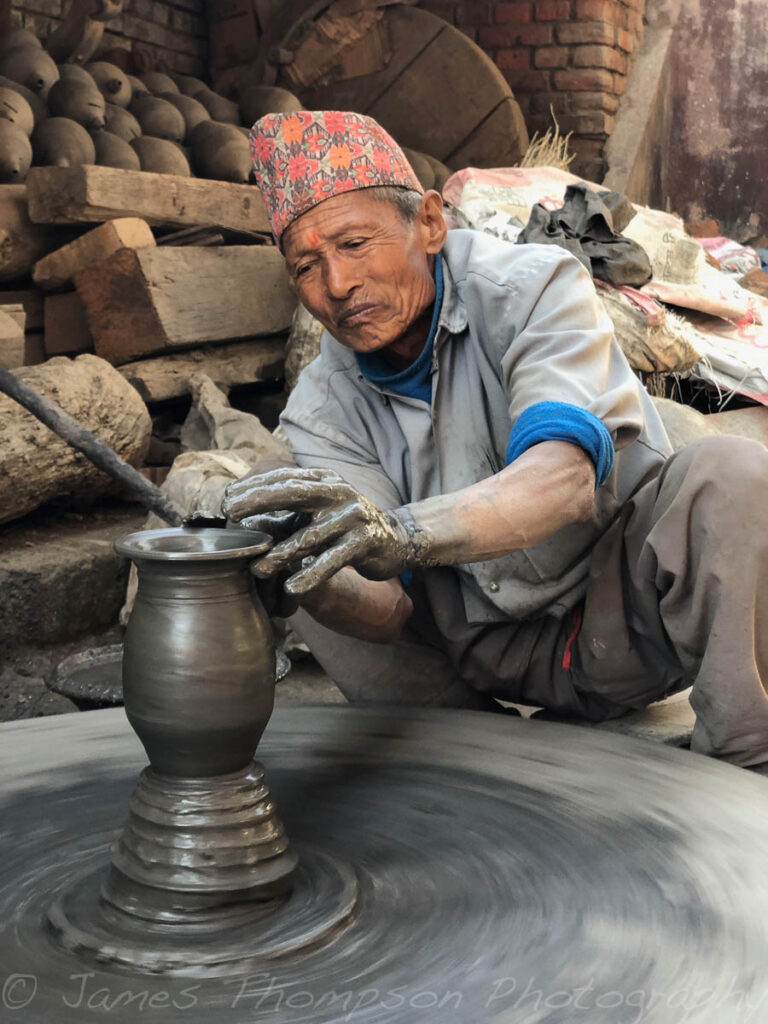
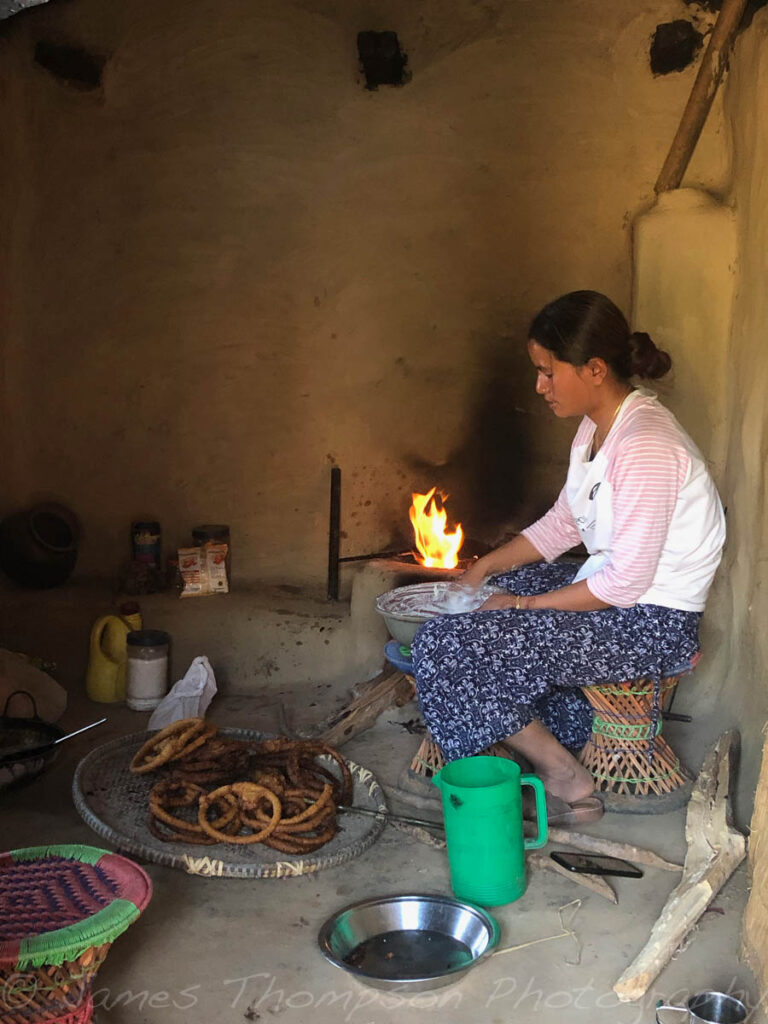
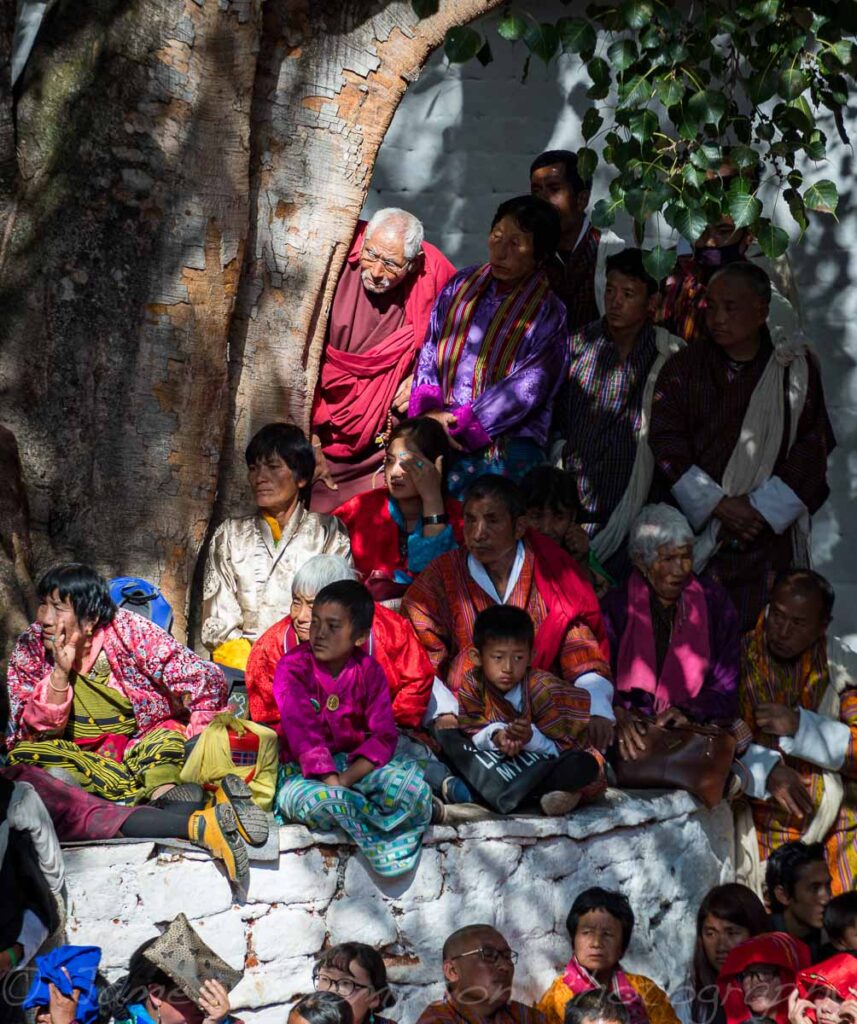
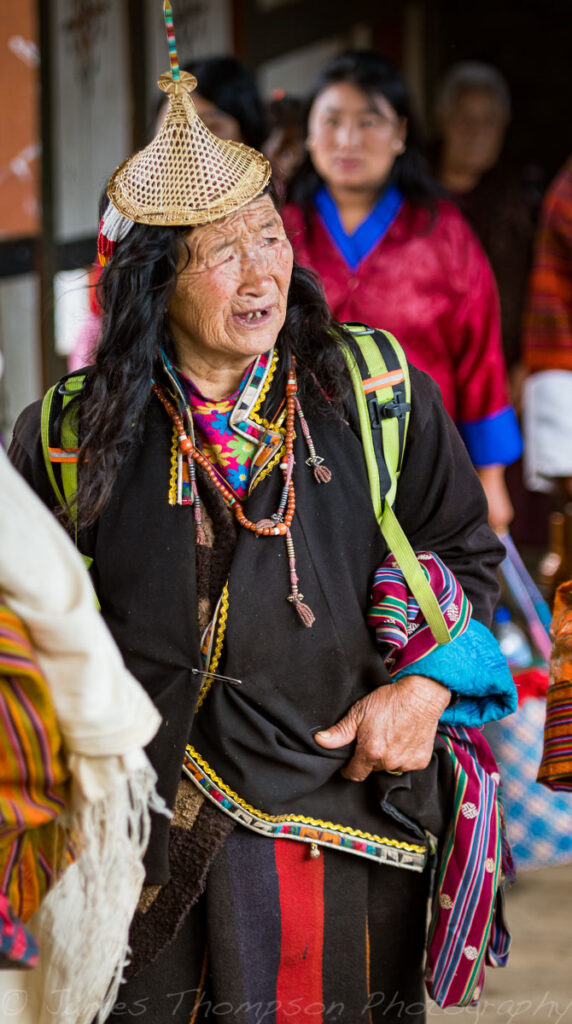
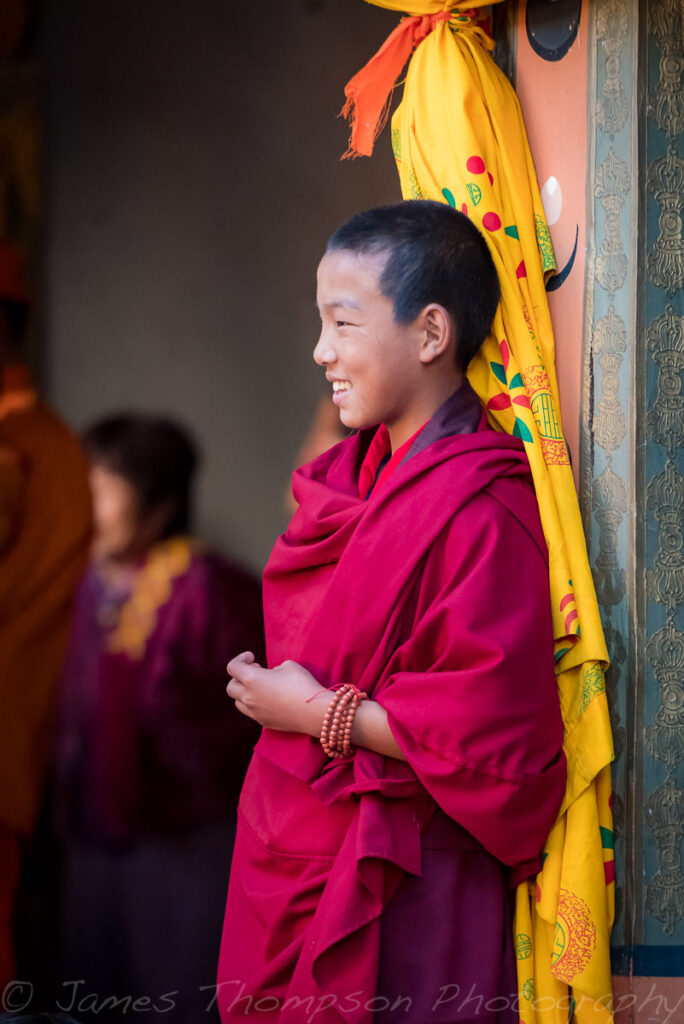
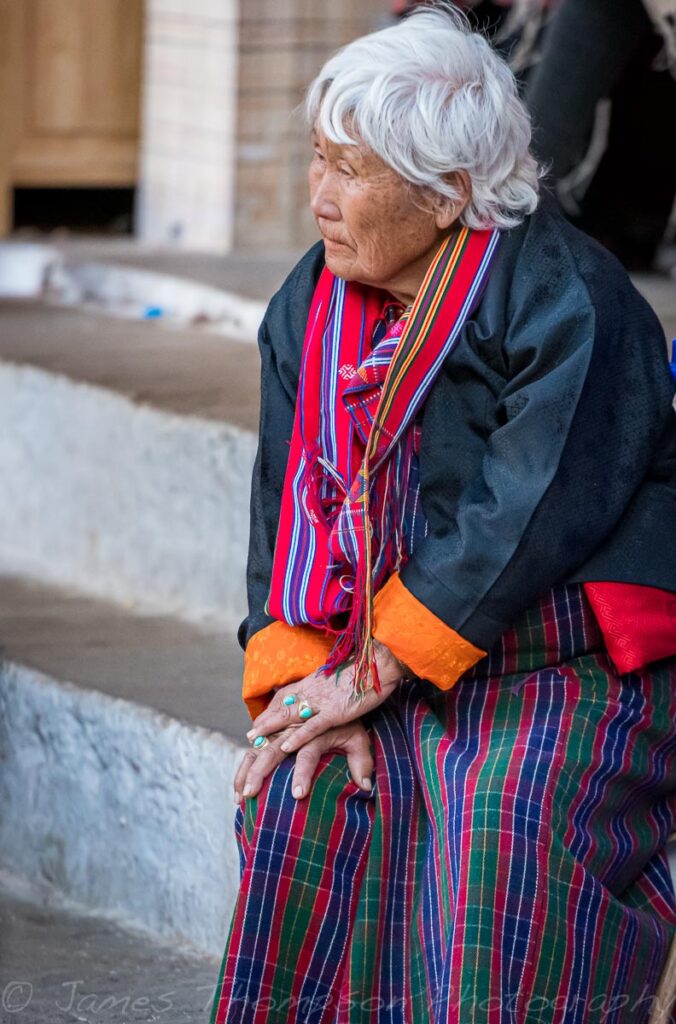
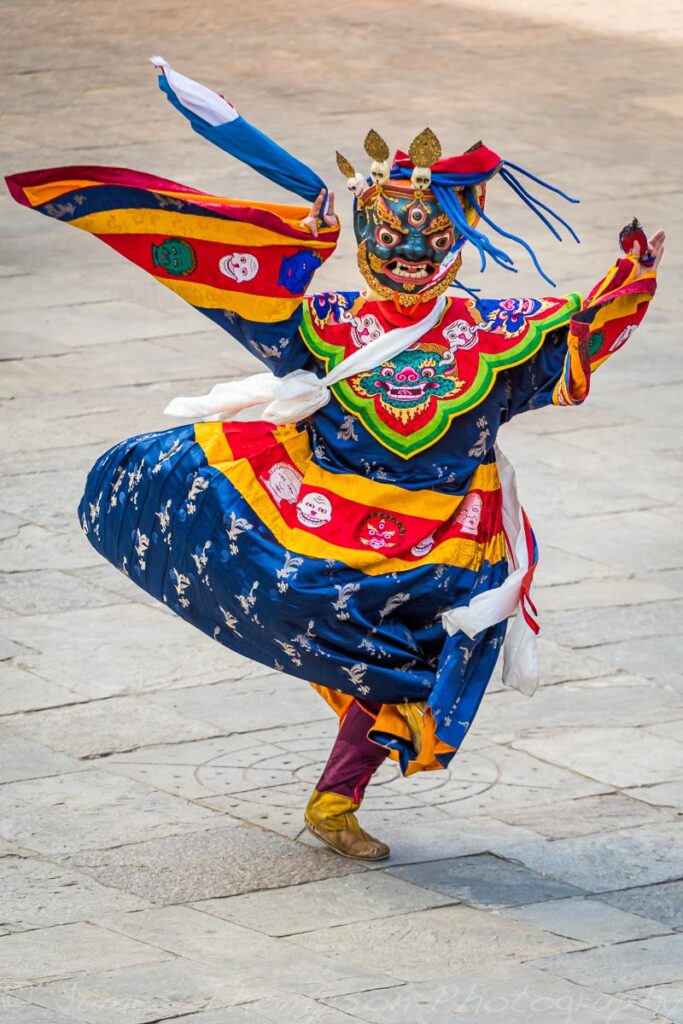
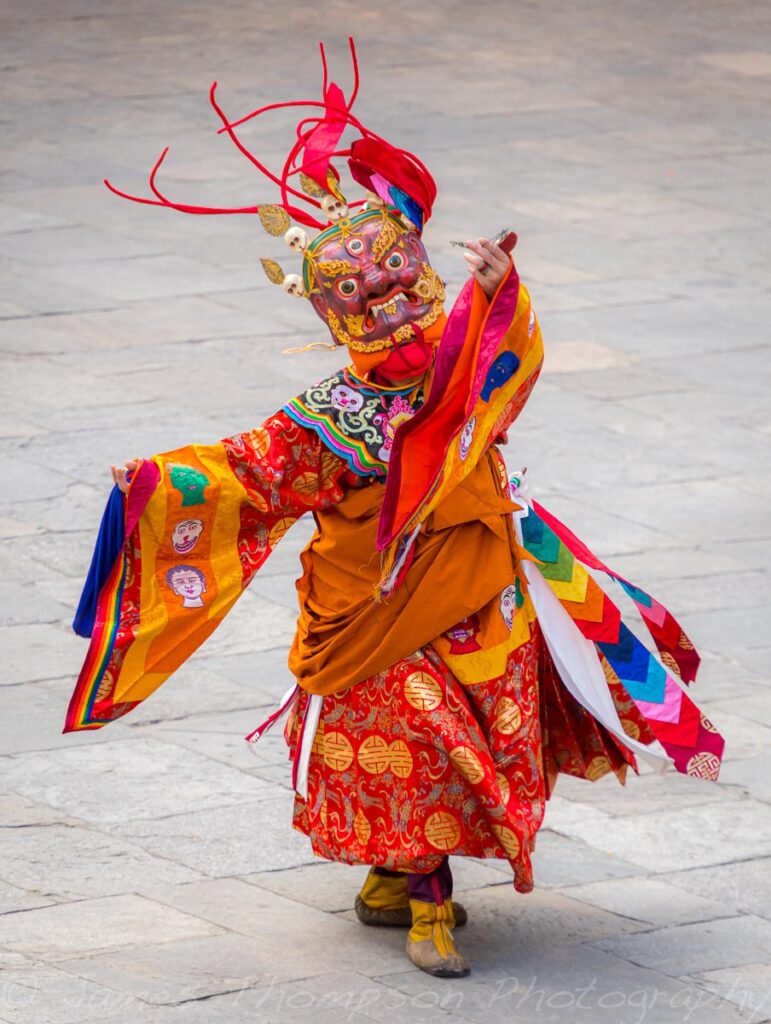
The pioneering work of Ernst Haas, one of the first western photographers to be allowed into Bhutan inspired me to experiment with different shutter speeds as we watched, creating a more abstract and fluid representation of the dancing.
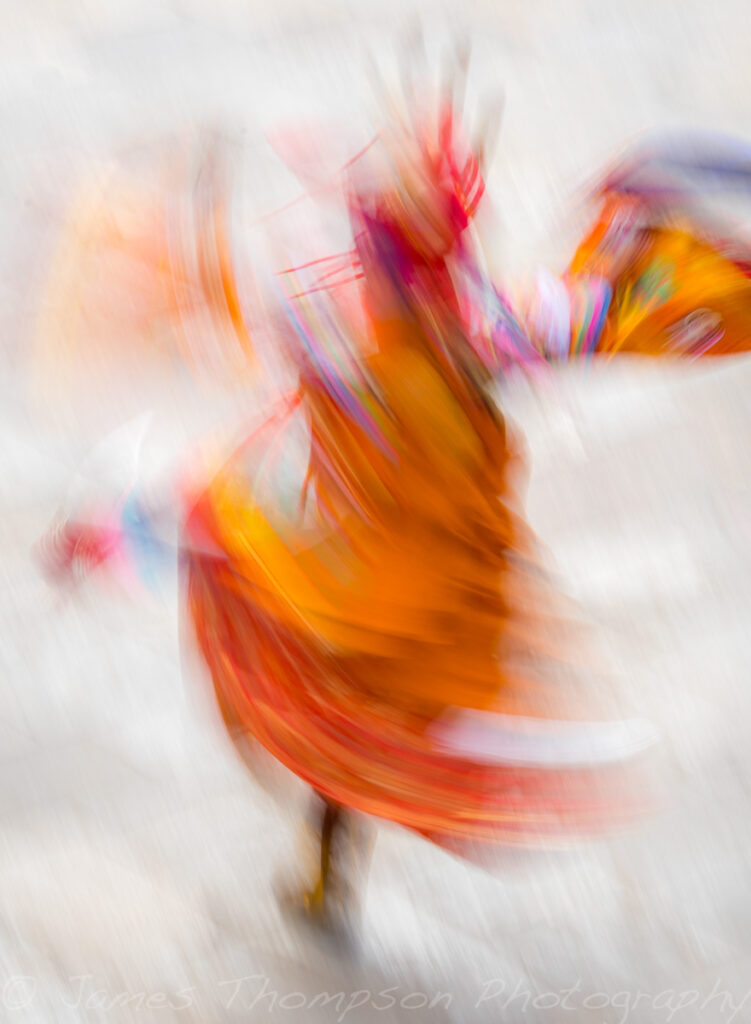

So here I am, some 50,000 pictures later and what would I do differently? Given the huge premium on weight and space on a trip such as this, any savings in this area without compromising quality would be welcome. As a result, I’m exploring the world of mirrorless cameras – the smaller, lighter cousins of the DSLRs. For landscape and people photography at least I think these cameras are excellent travel companions capable of at least matching anything a DSLR can produce and are infinitely easier to lug around. I’m not replacing my wildlife kit just yet, but technology is advancing at an incredible pace.
The most important lesson I learned however, is that some of the most amazing aspects of a trip such as this can’t be captured by a camera. Family time, camaraderie with our guides and porters, wonderful locals generous with their time and spirit, the perspective that comes from being the outsider in a foreign land and culture, the self confidence our kids now carry knowing they’ve made it over the highest trekking pass in the world…these are the things we will reminisce over together for years to come, with our pictures being springboards into these memories.
Thanks for reading such a long post. I hope you found it entertaining and informative.

